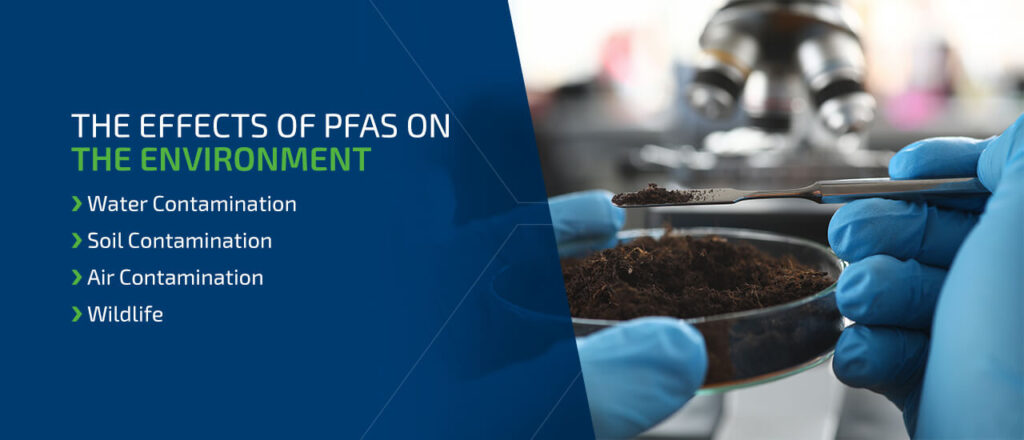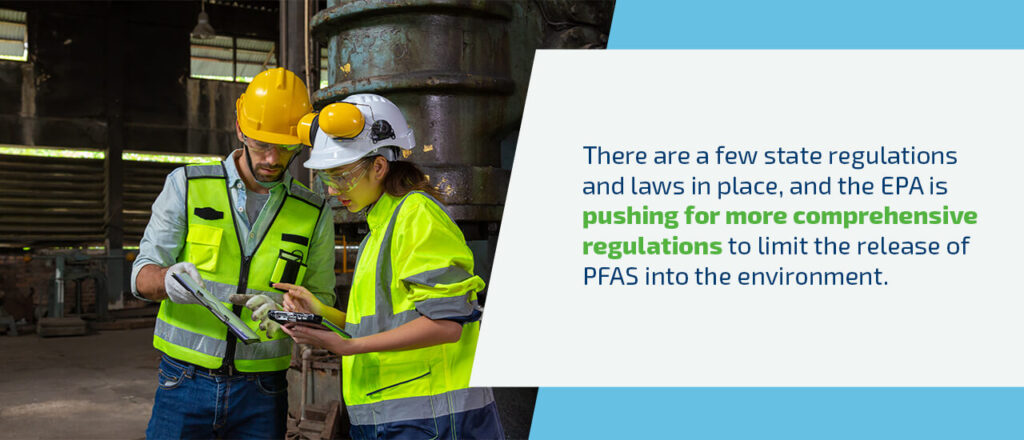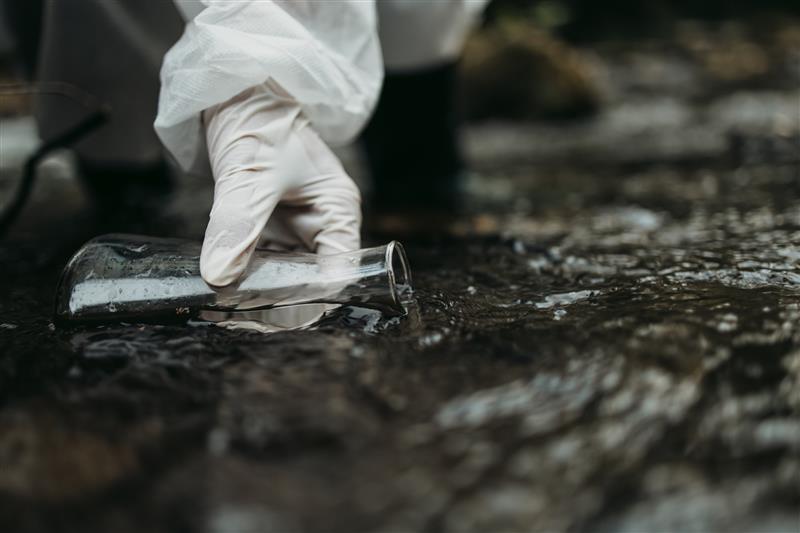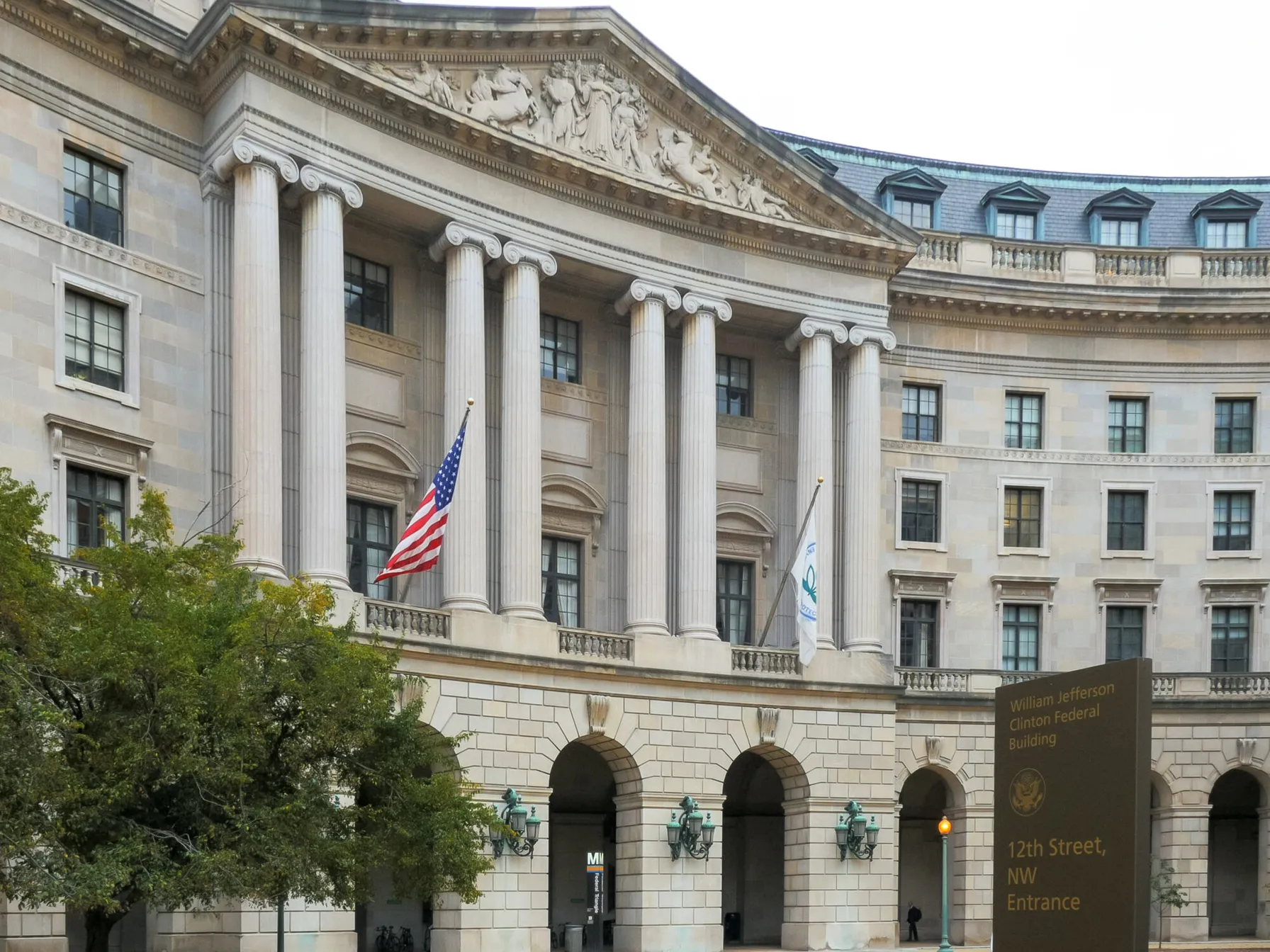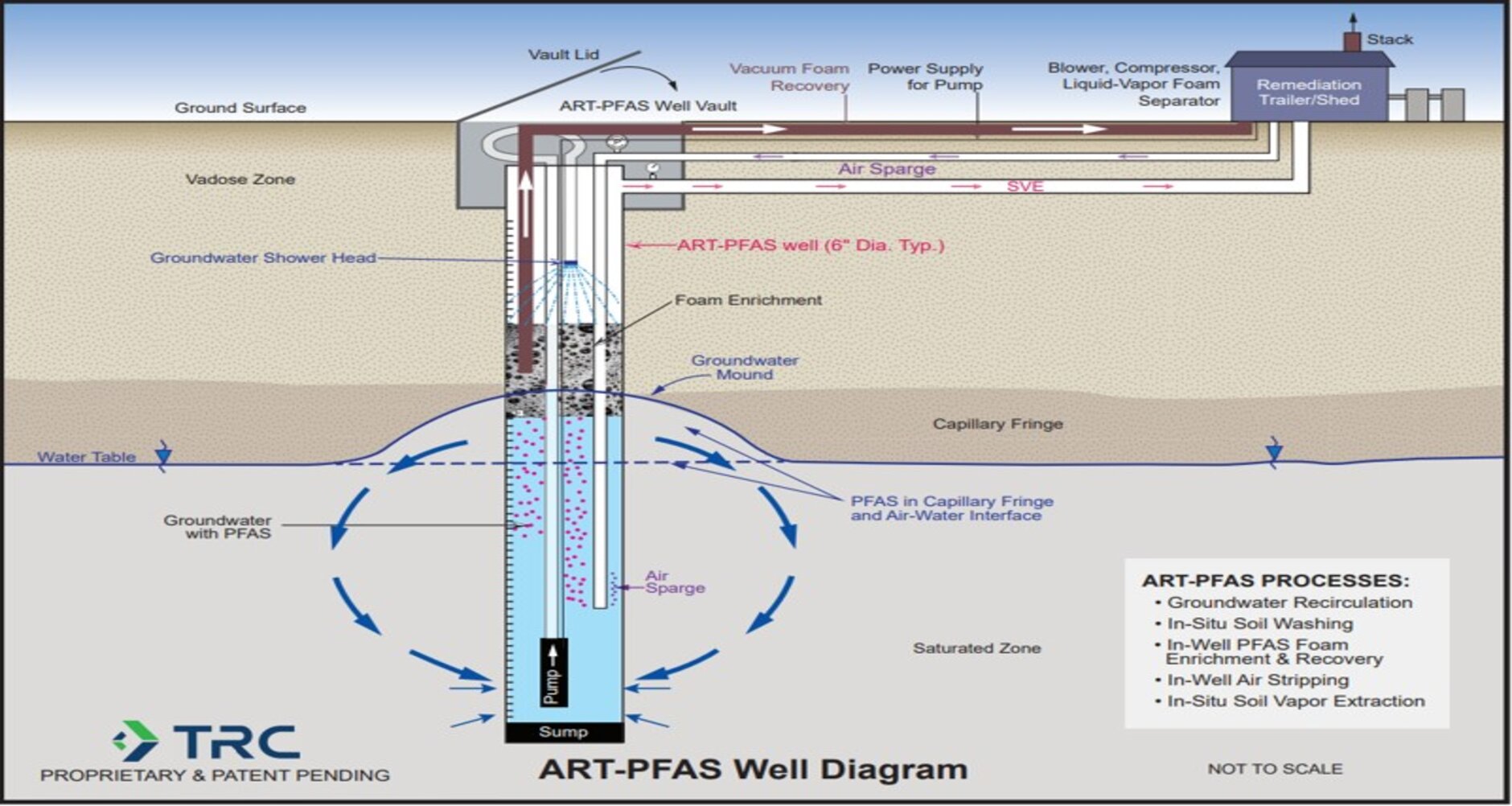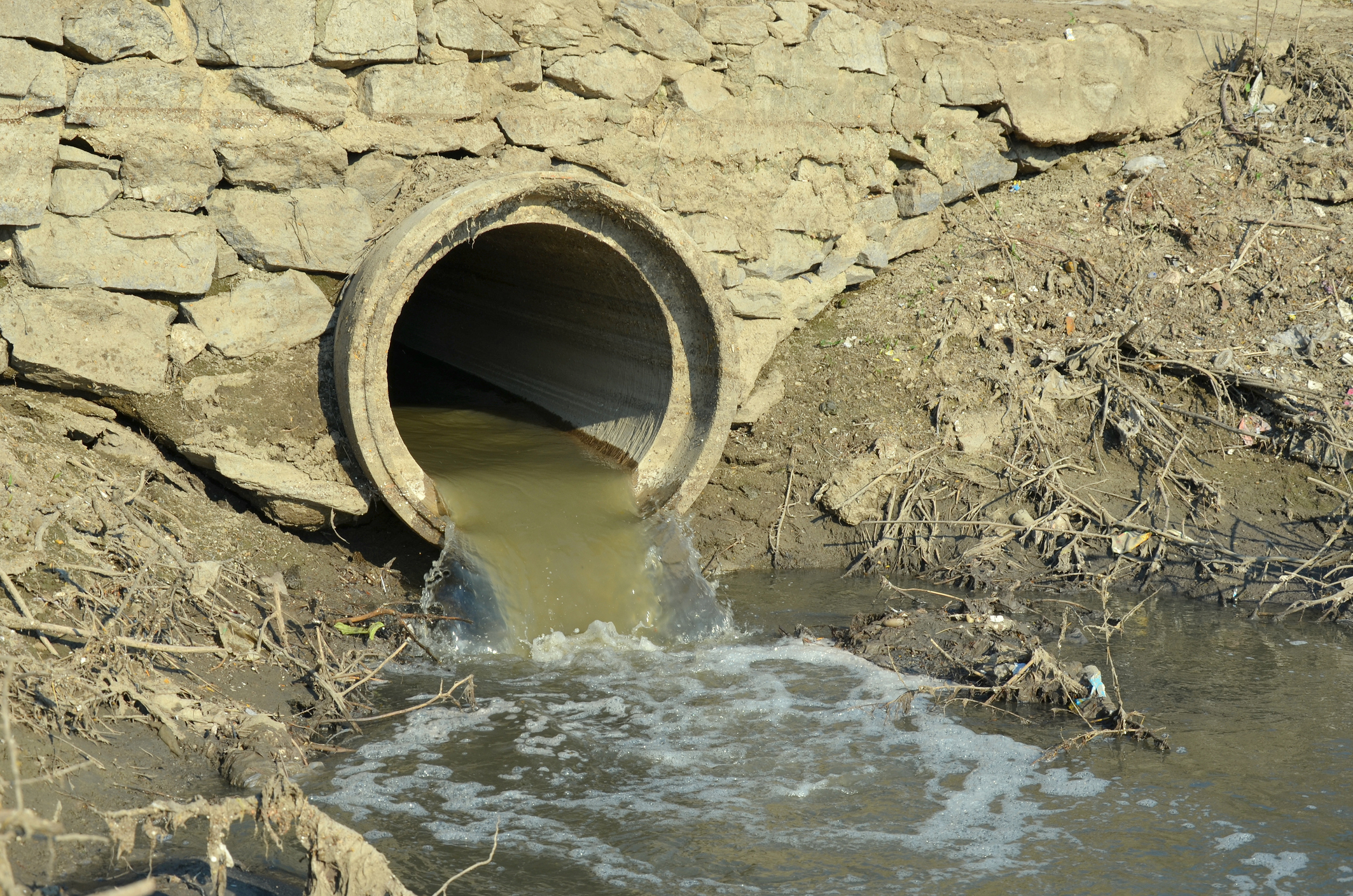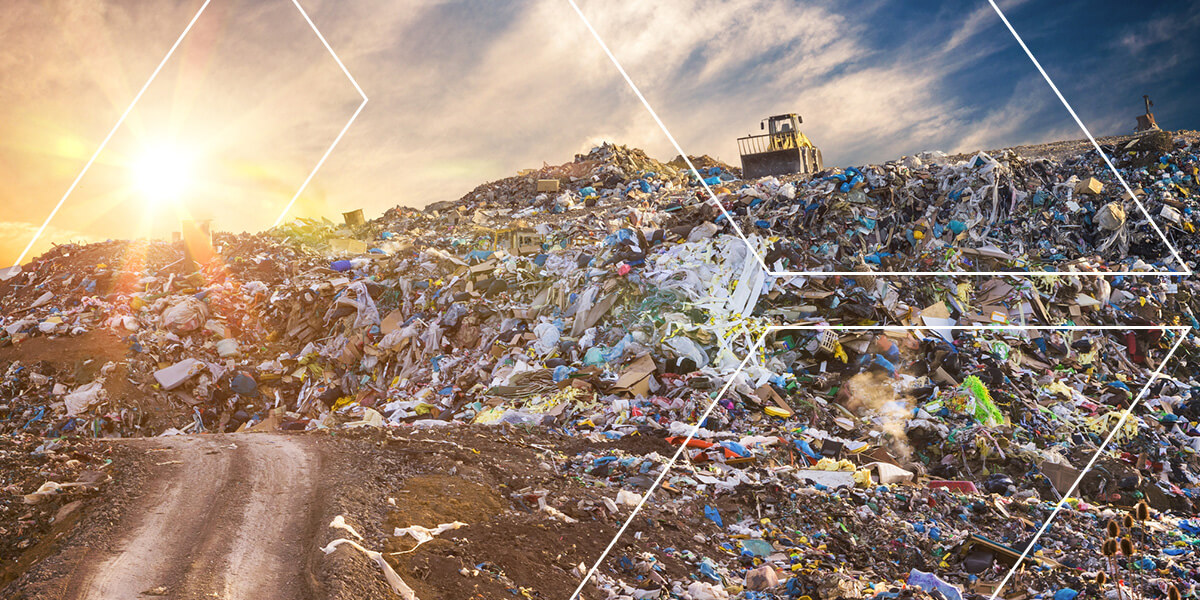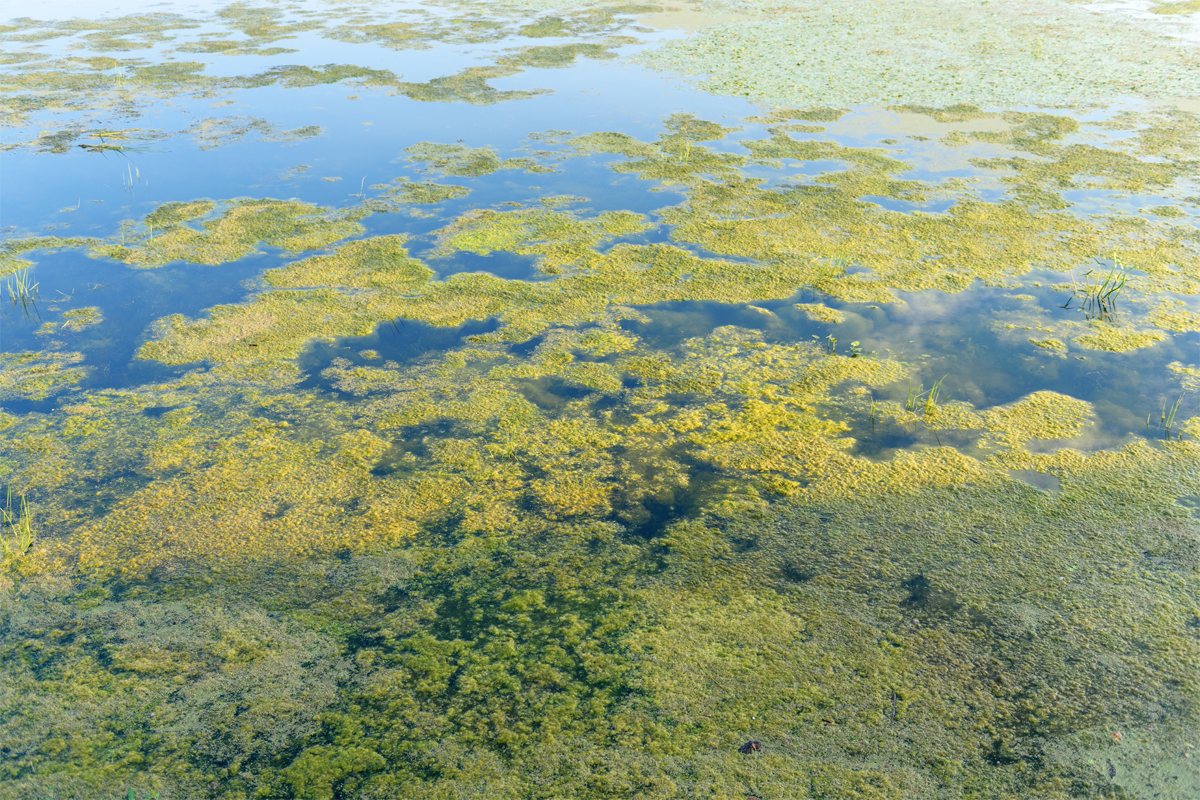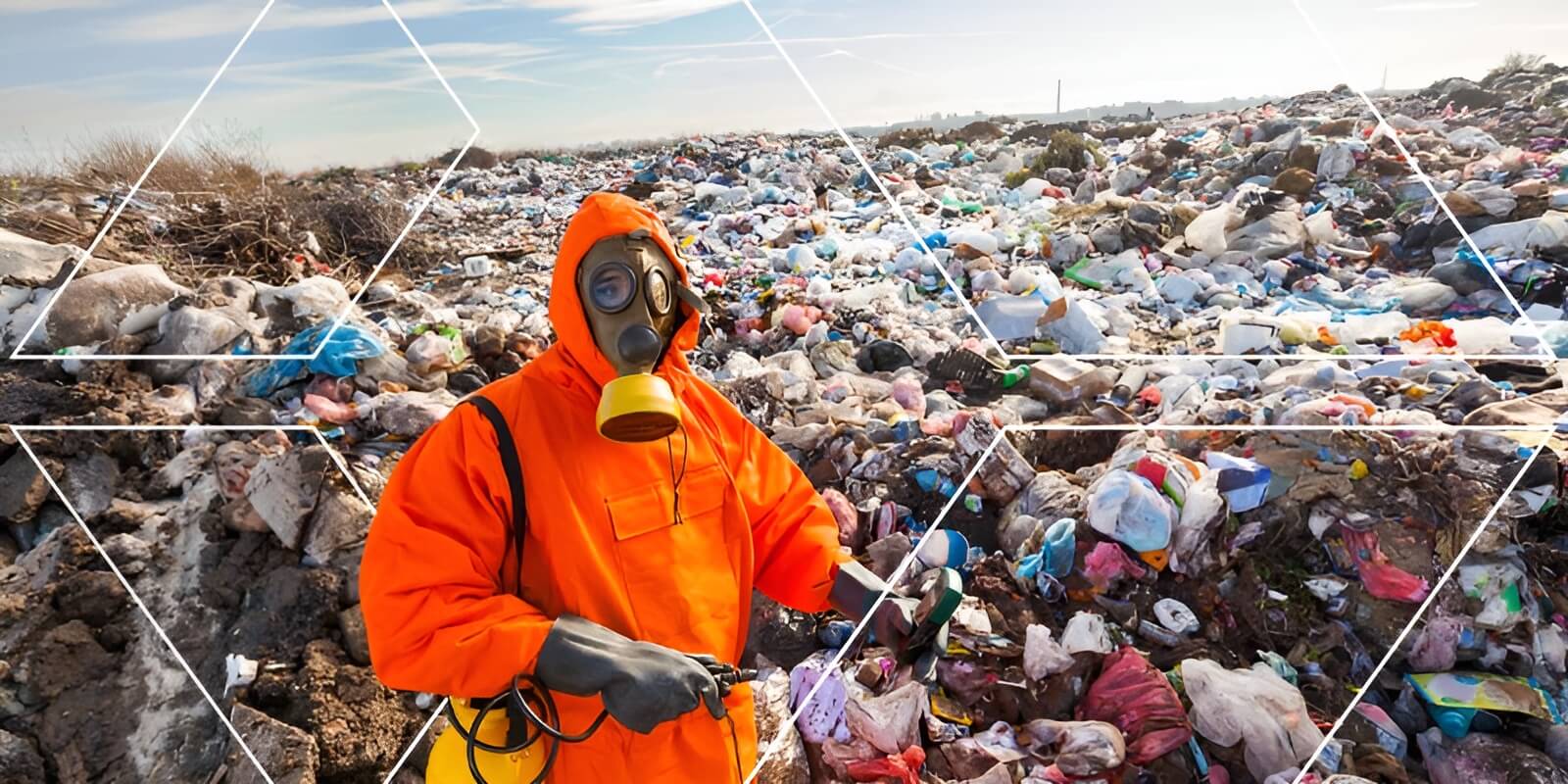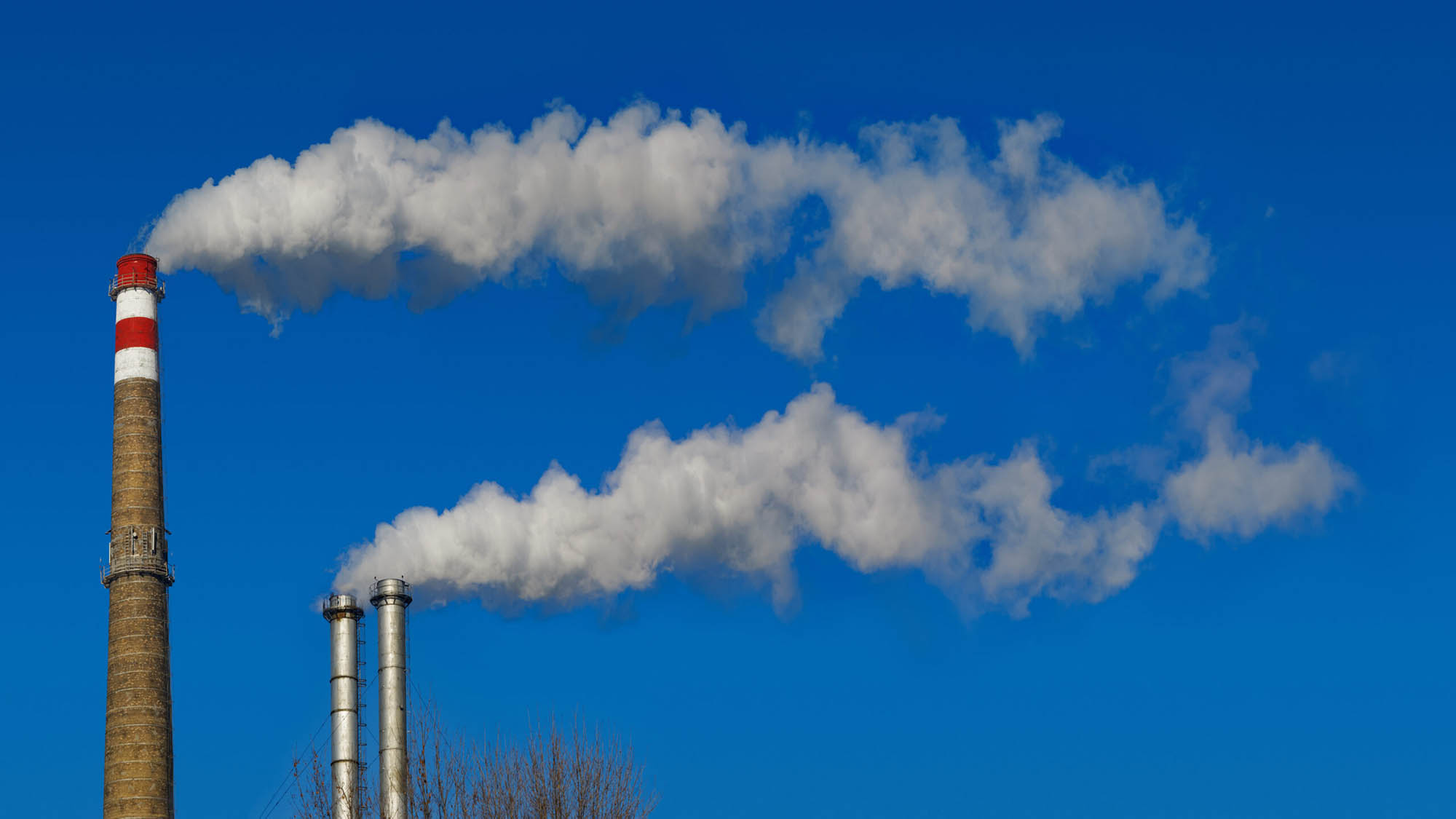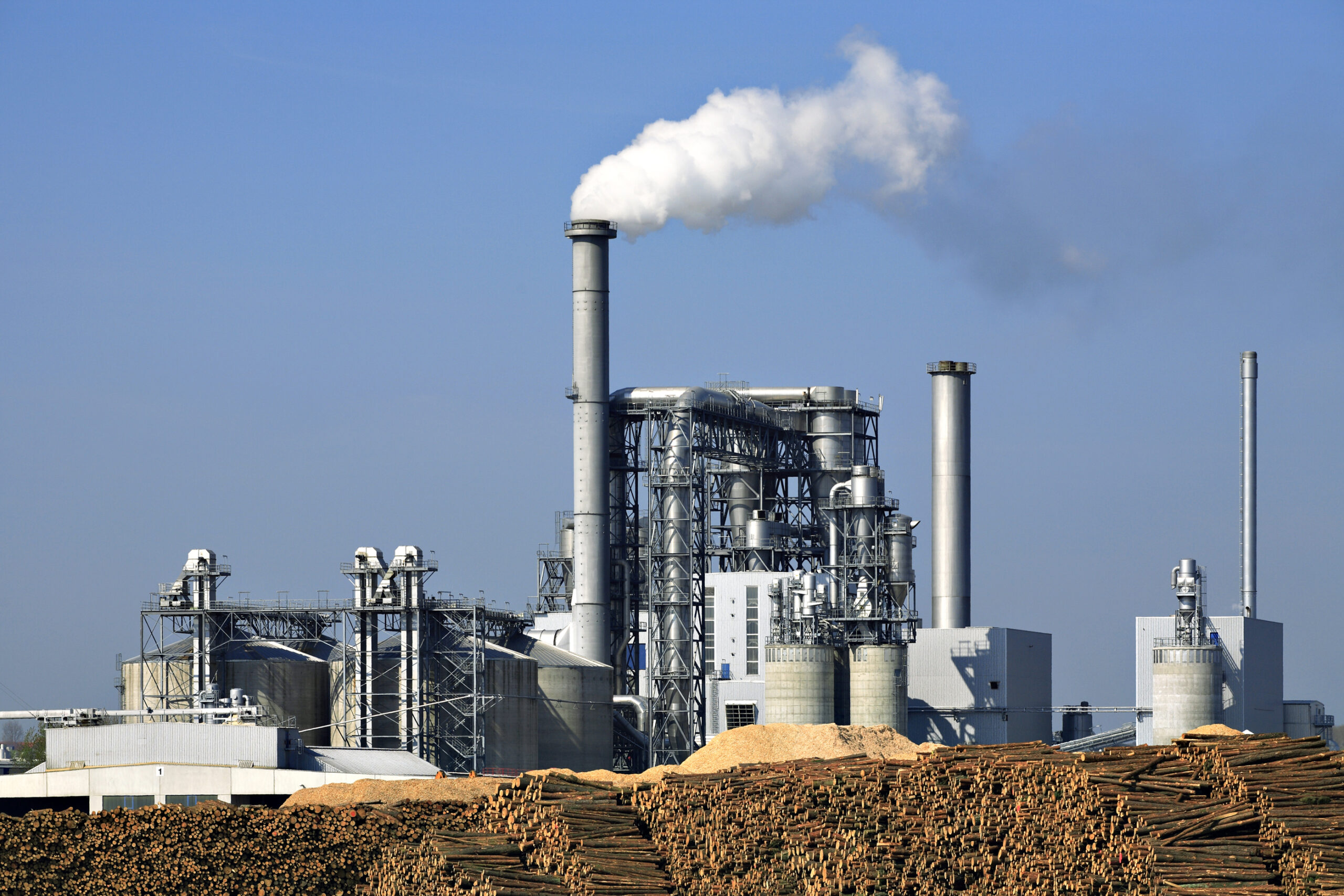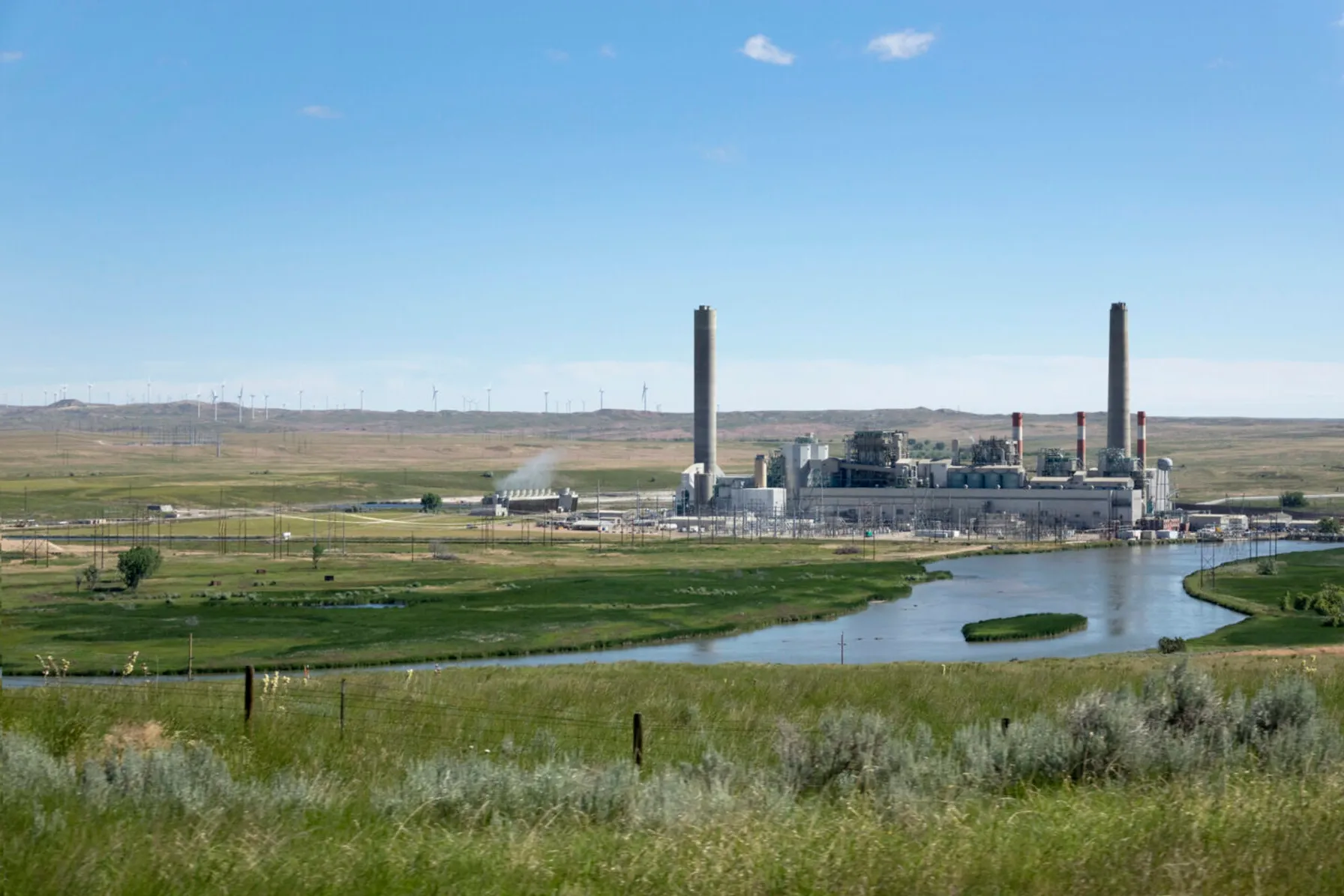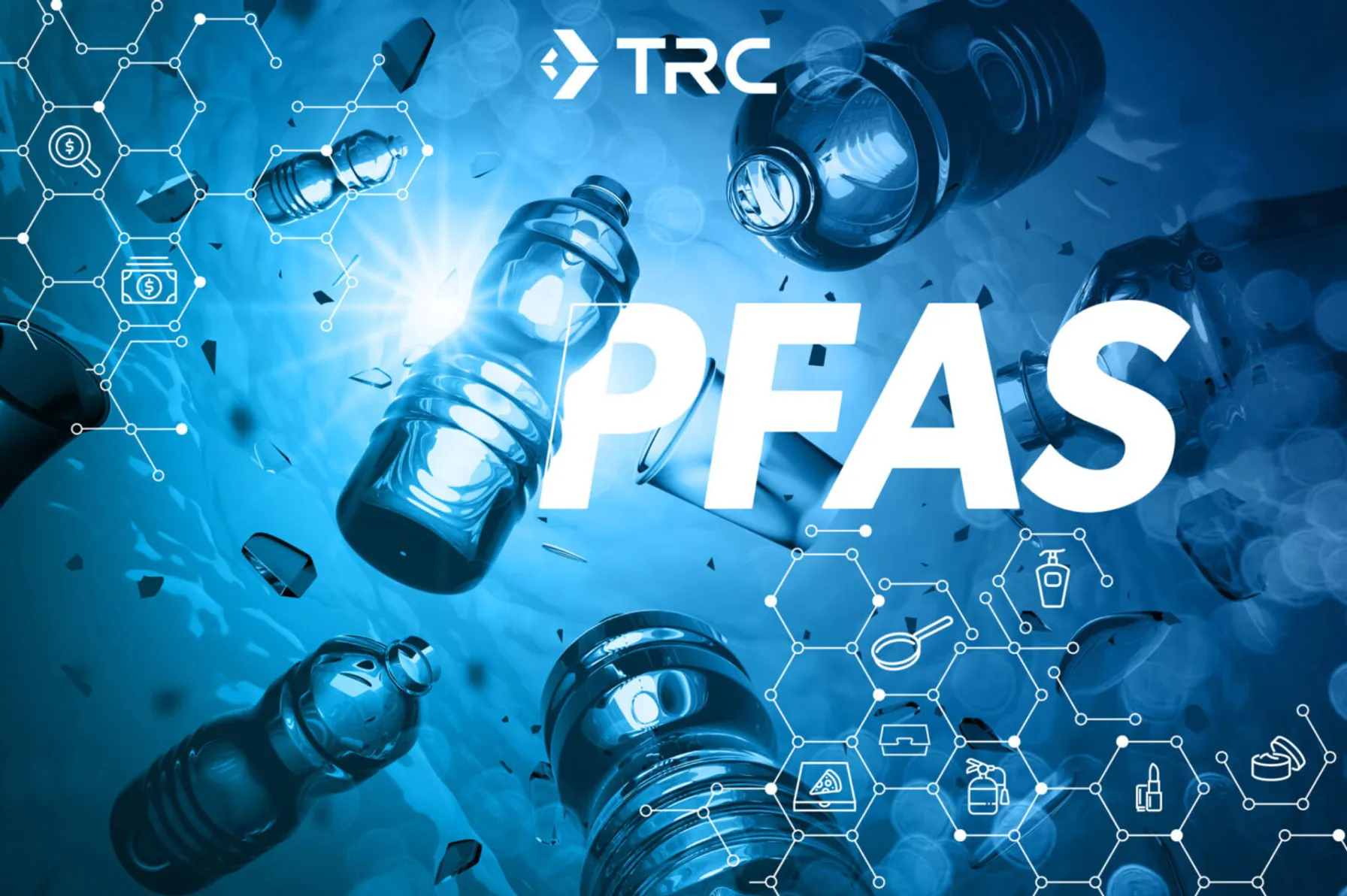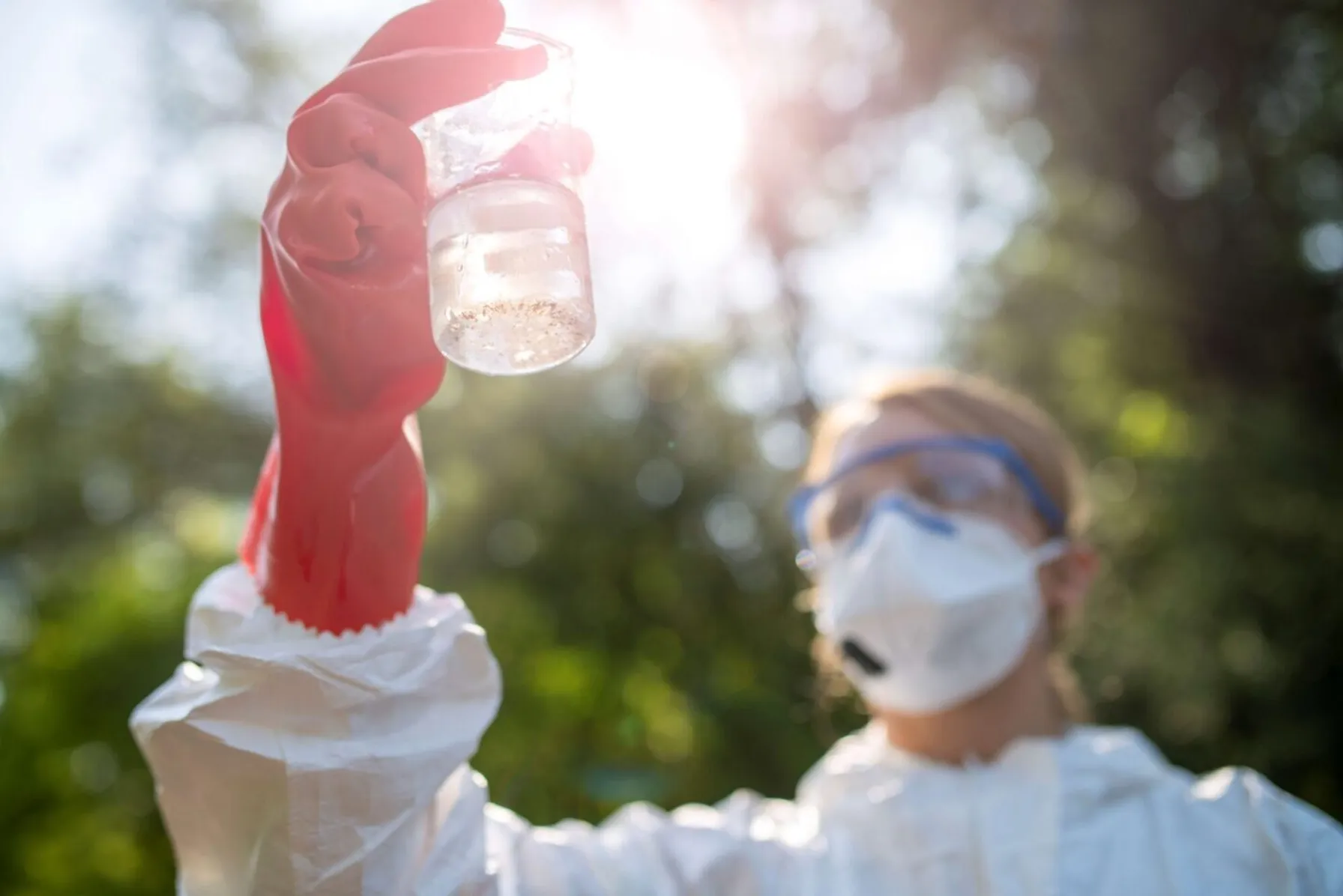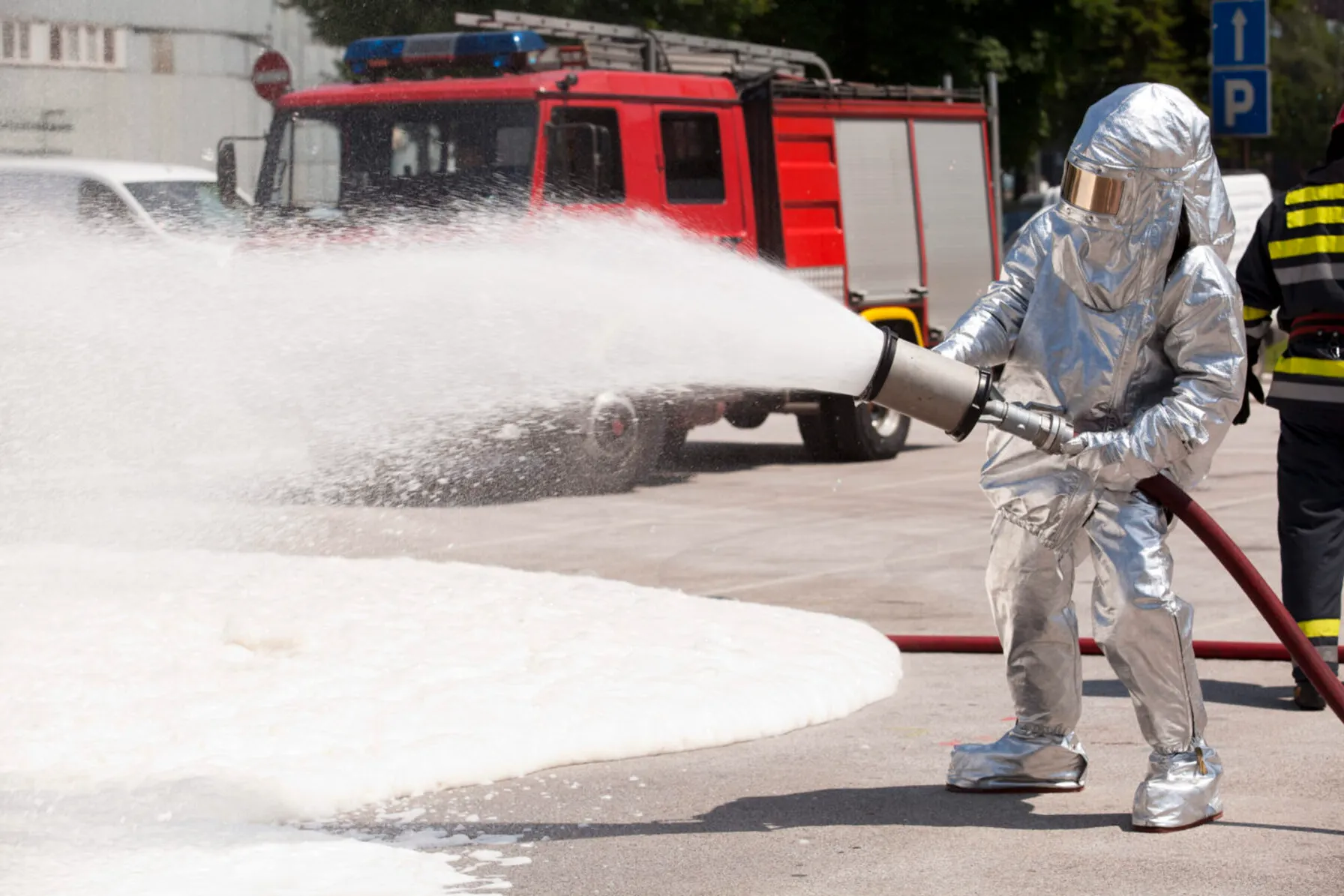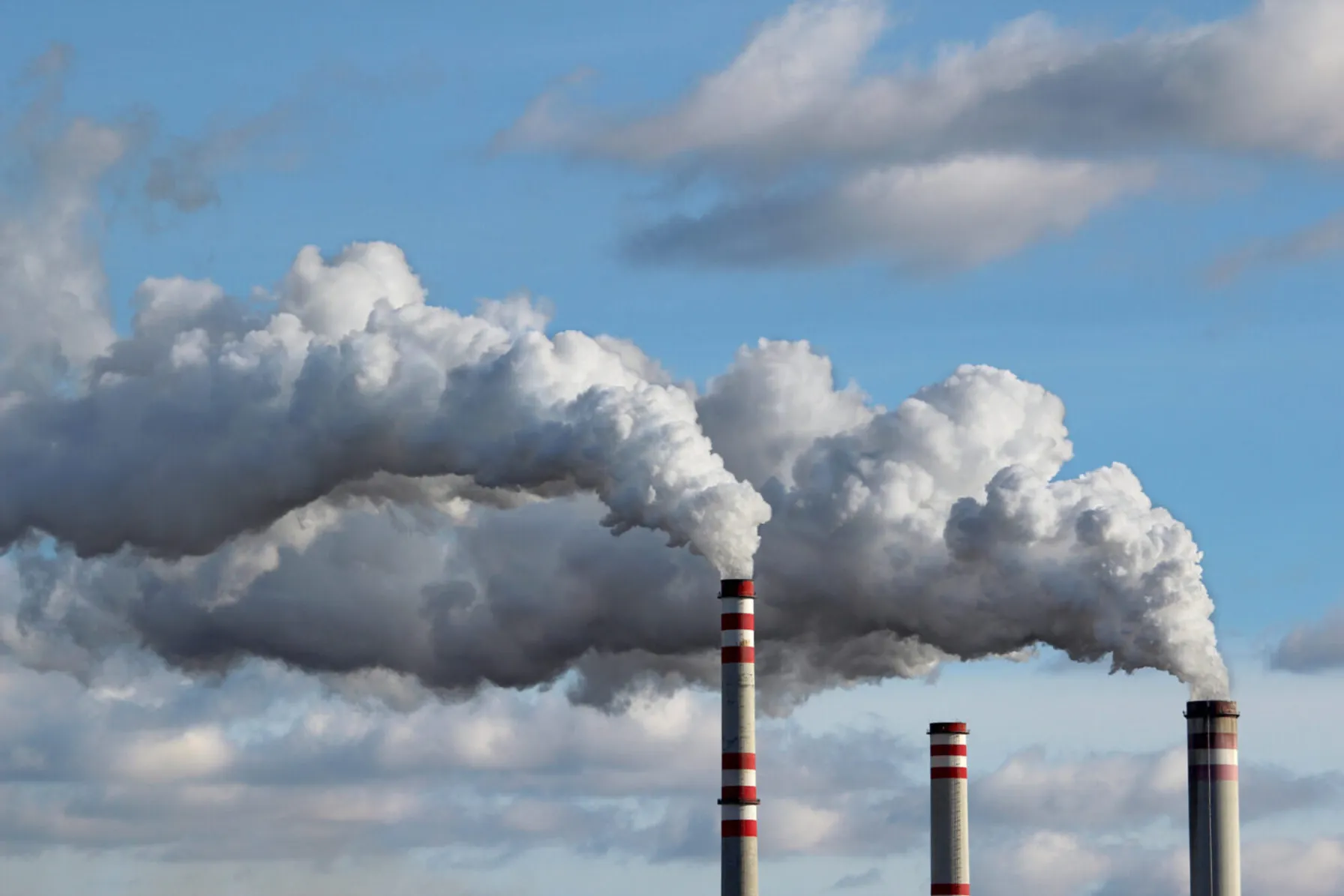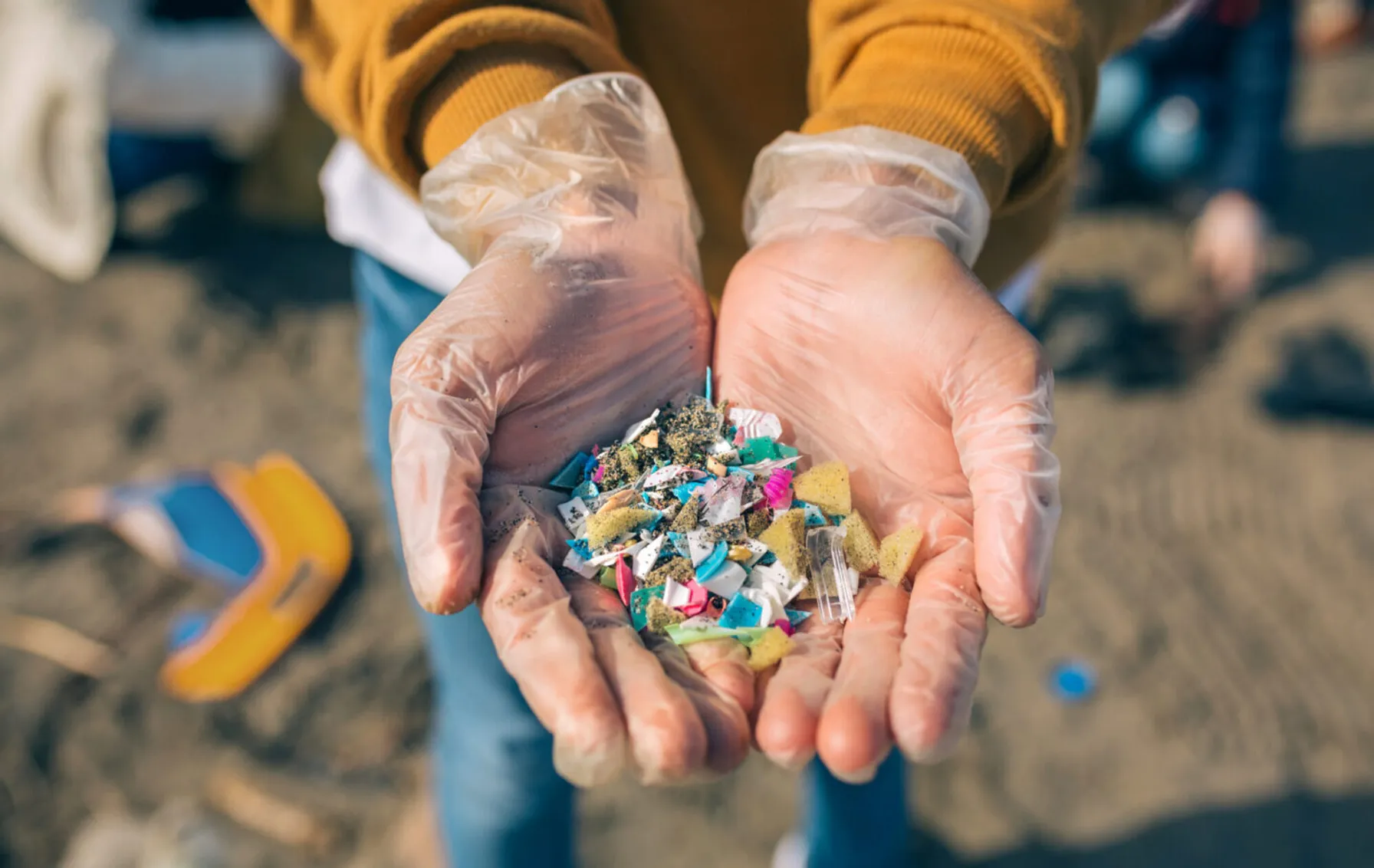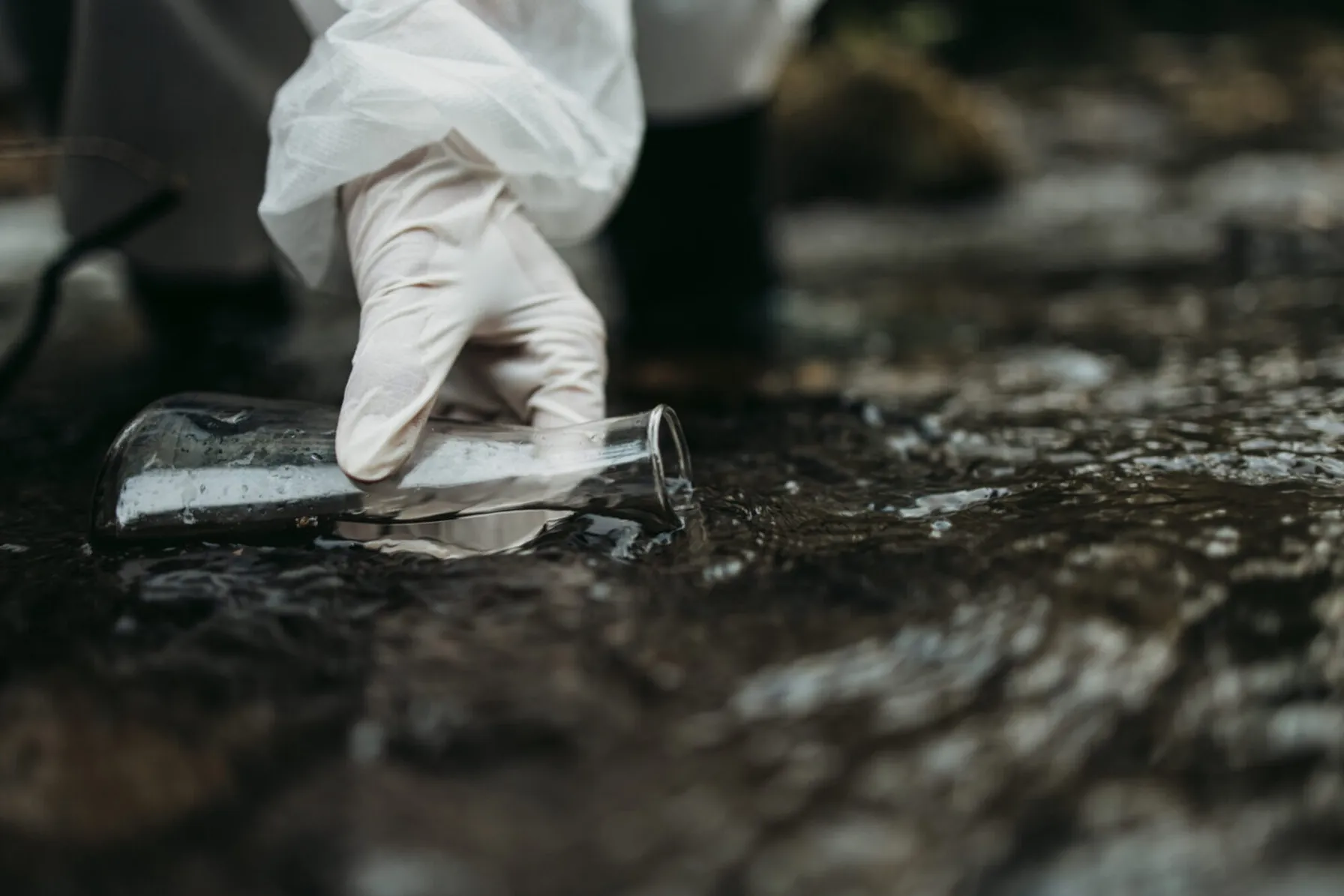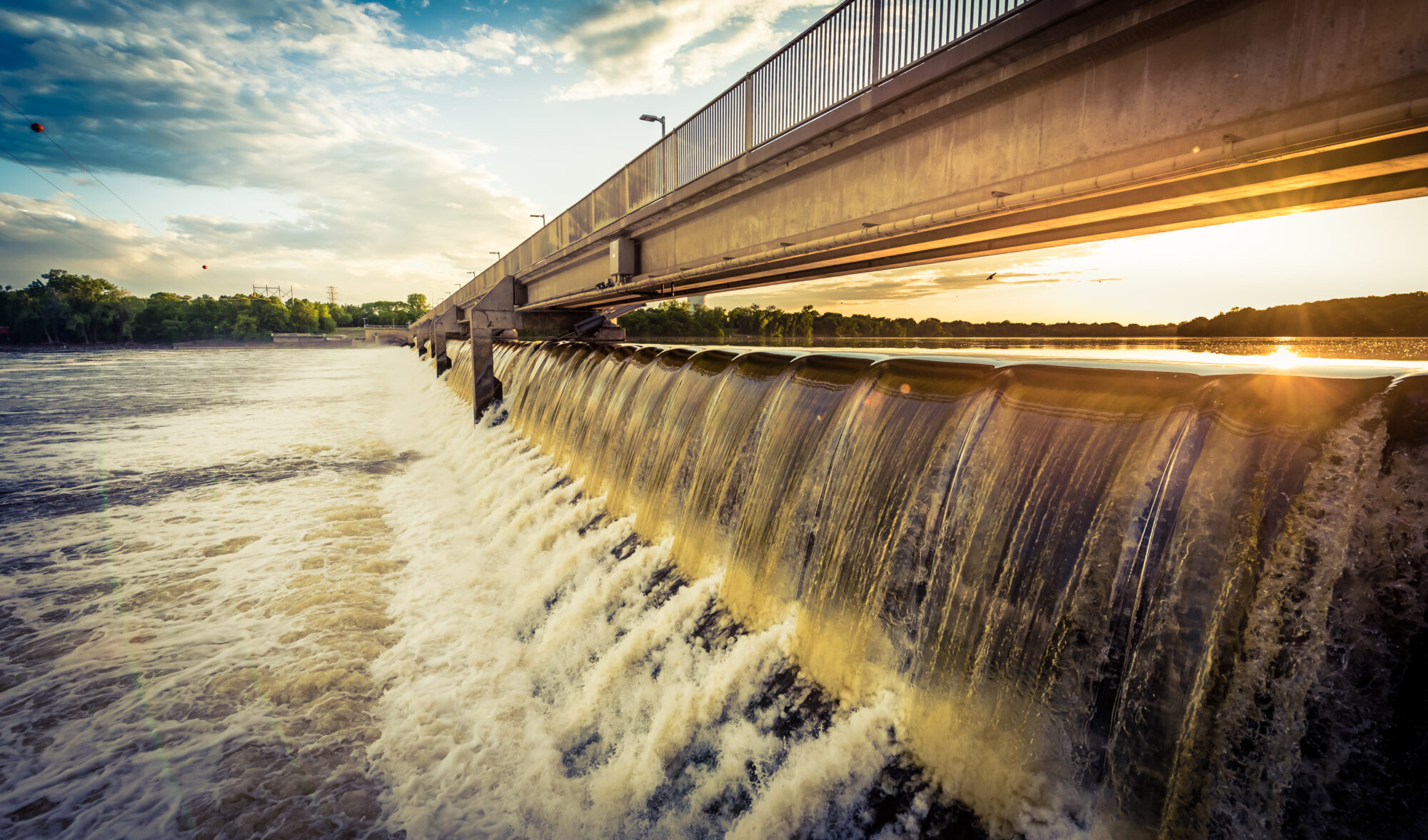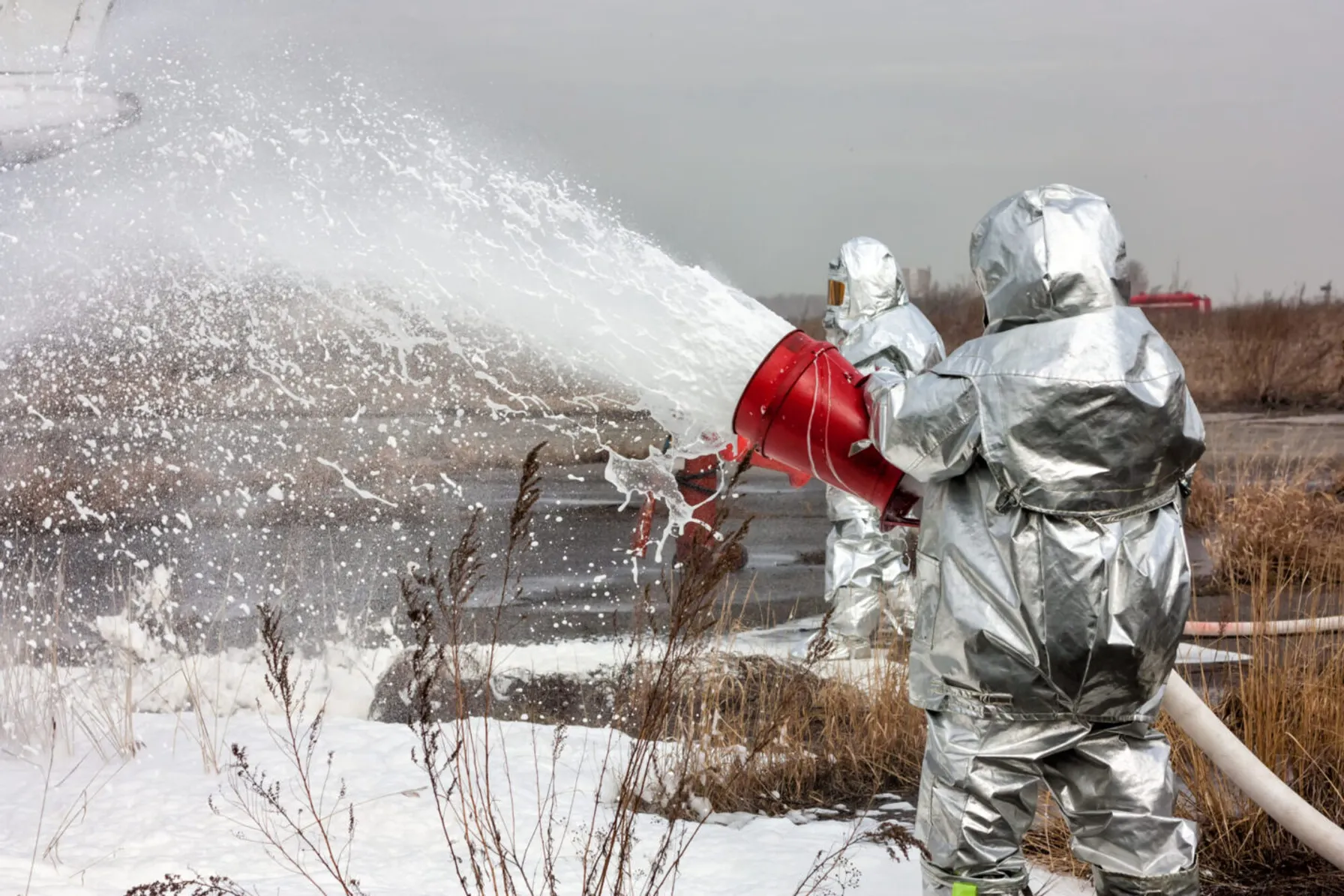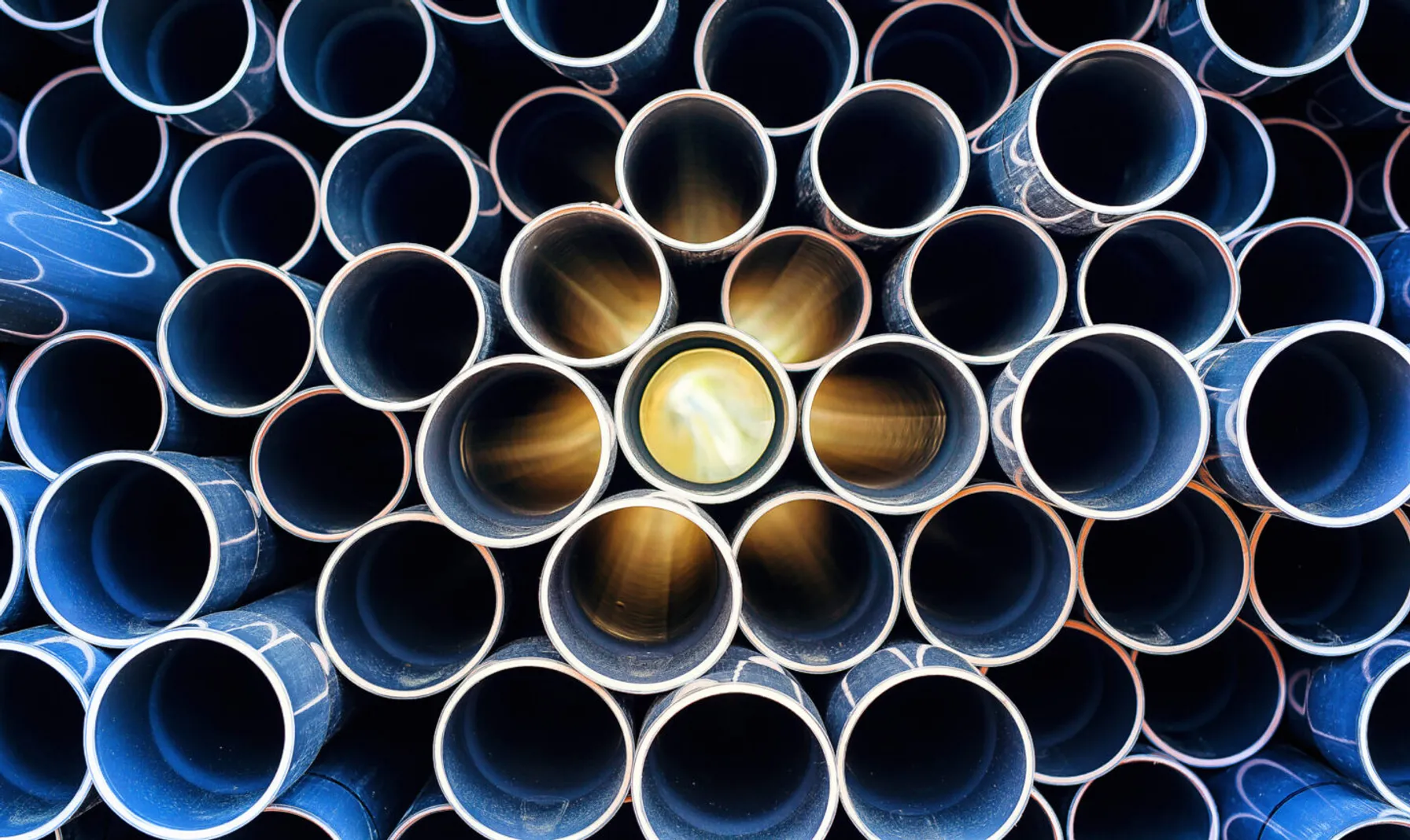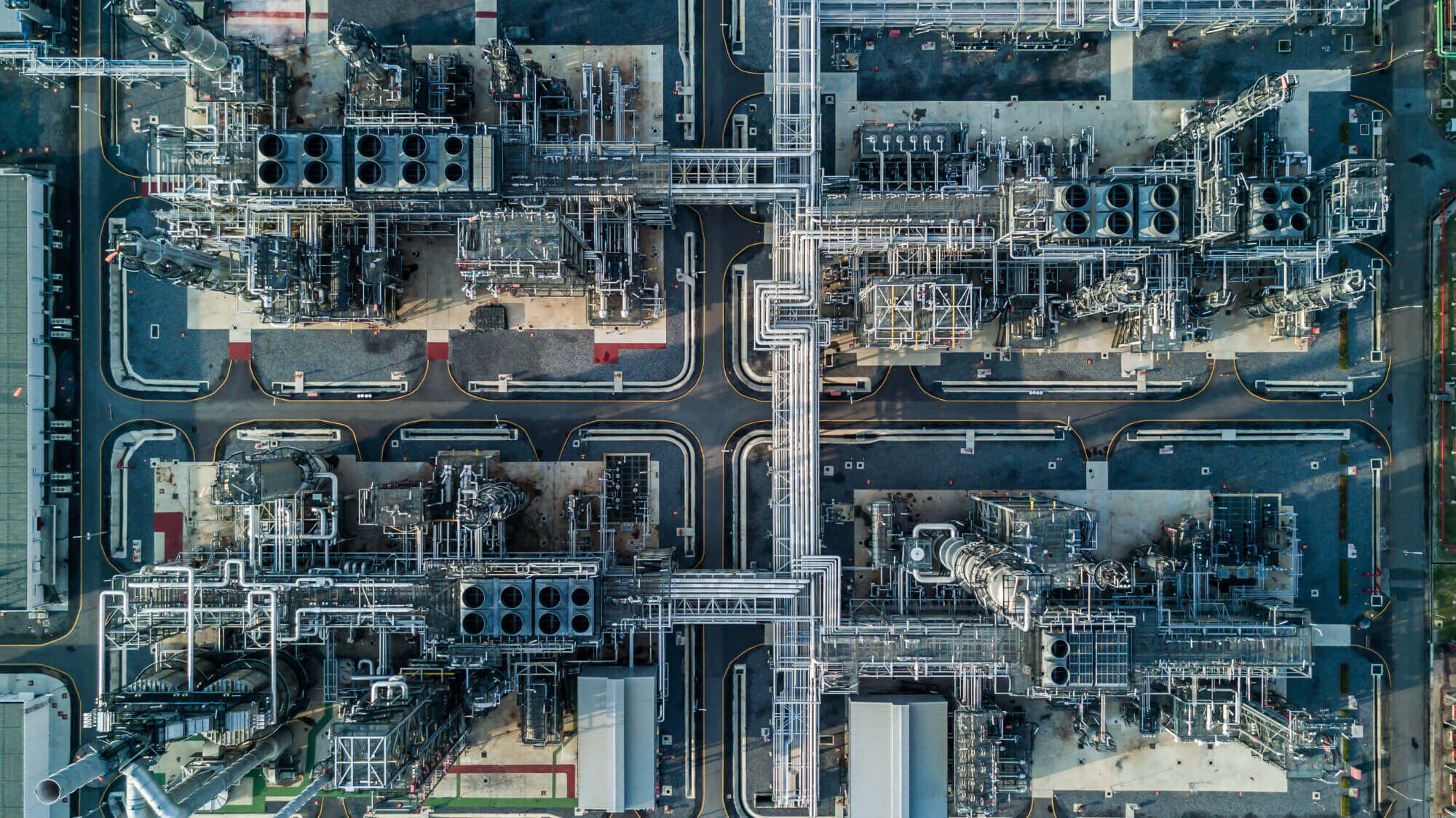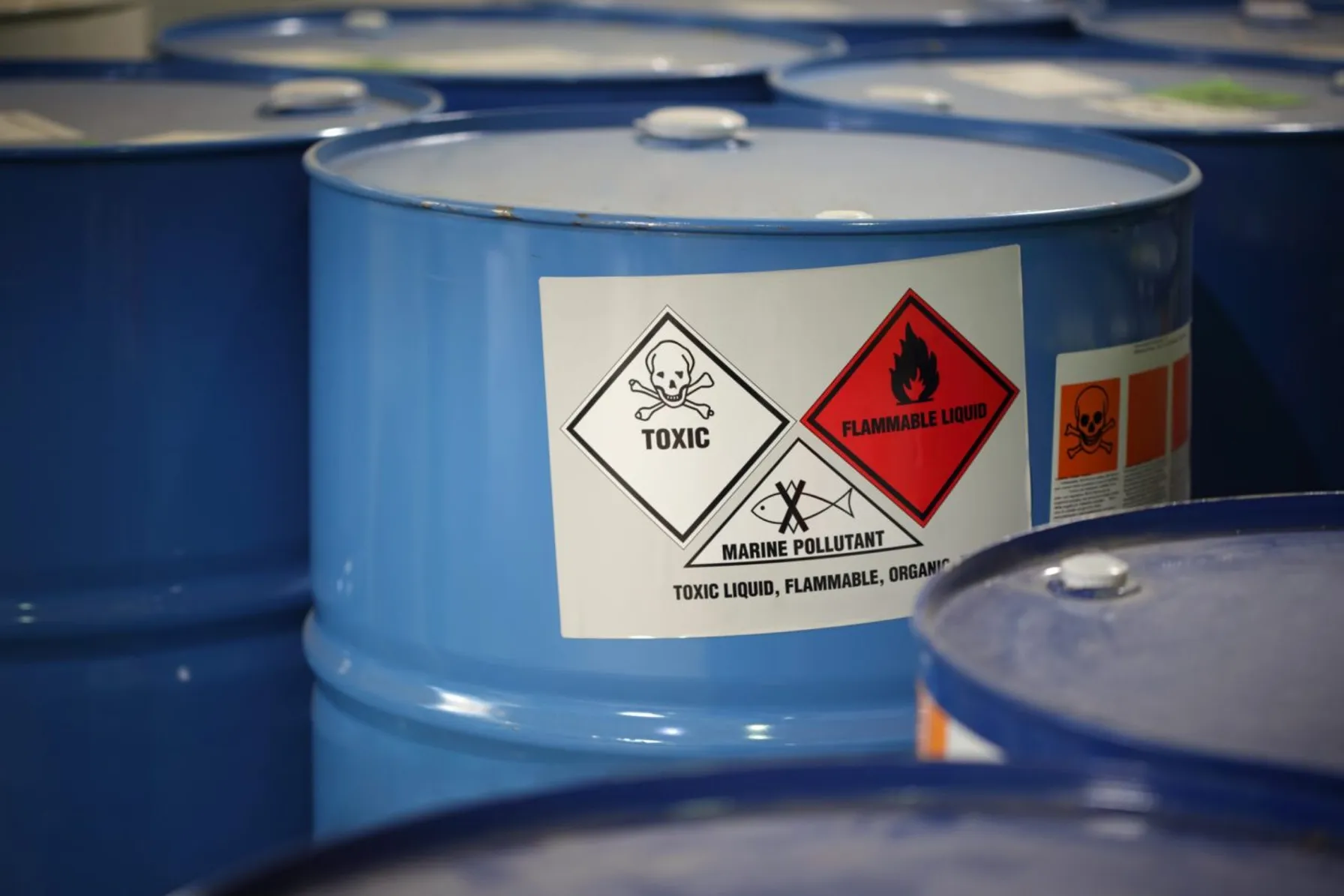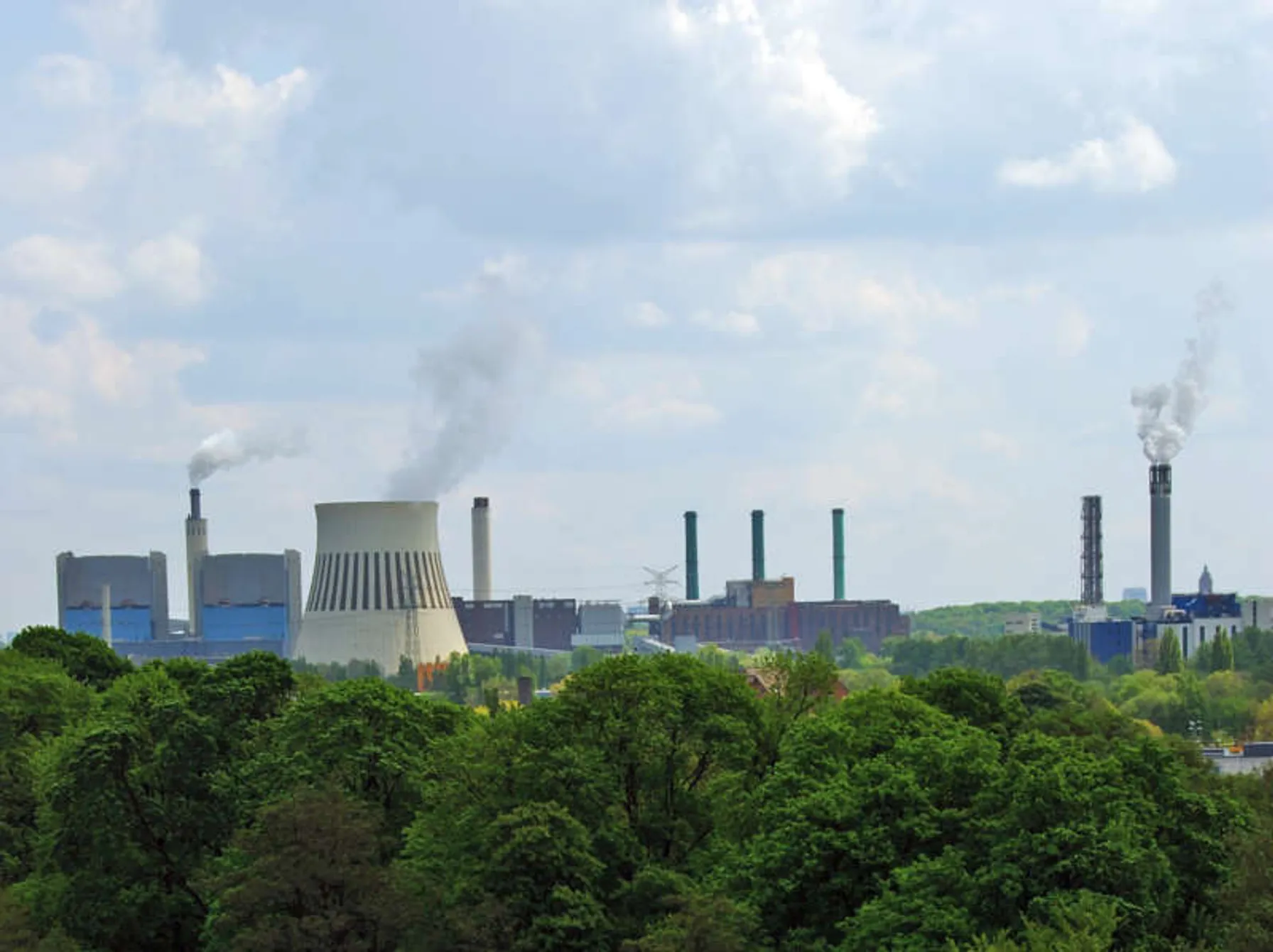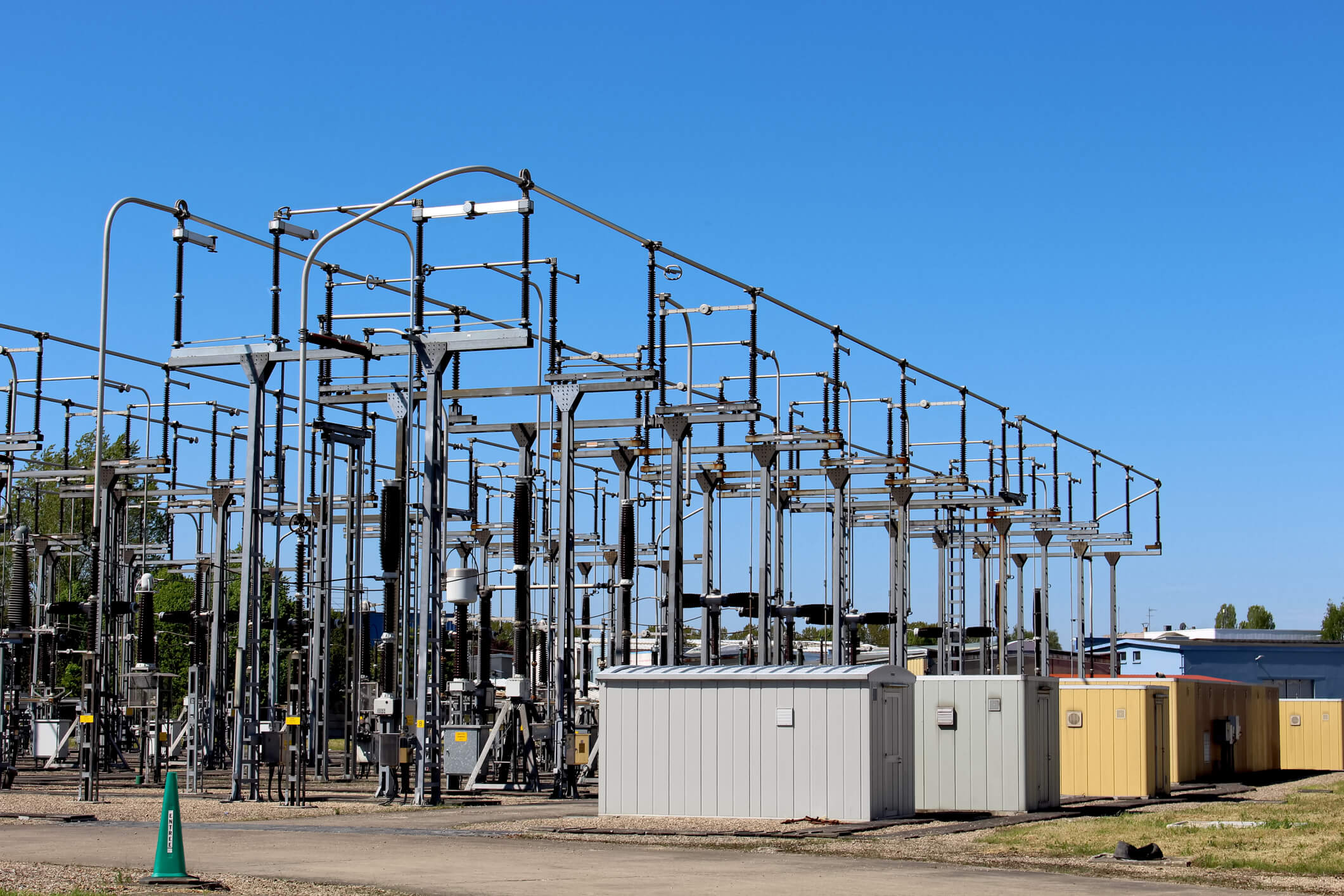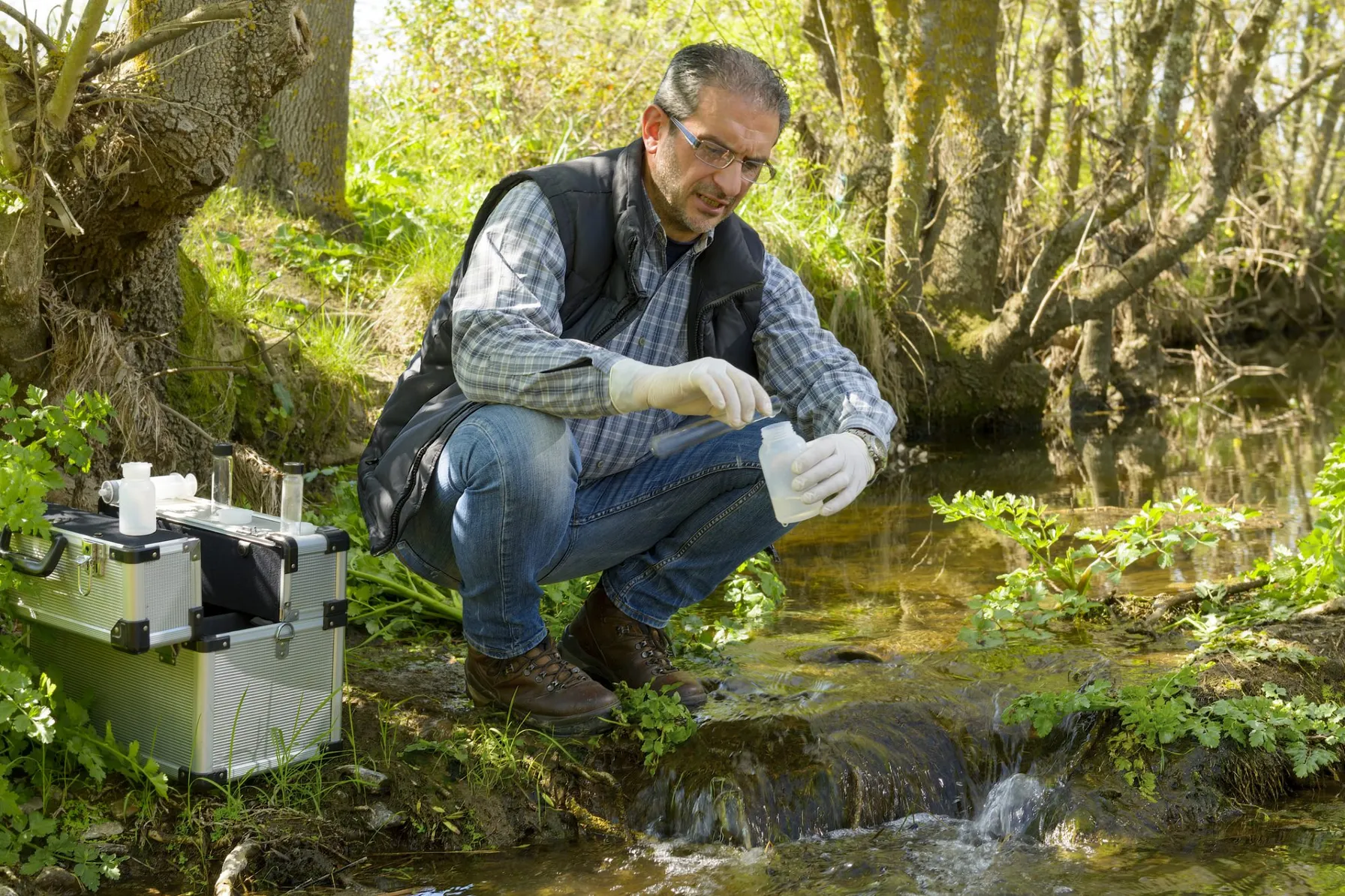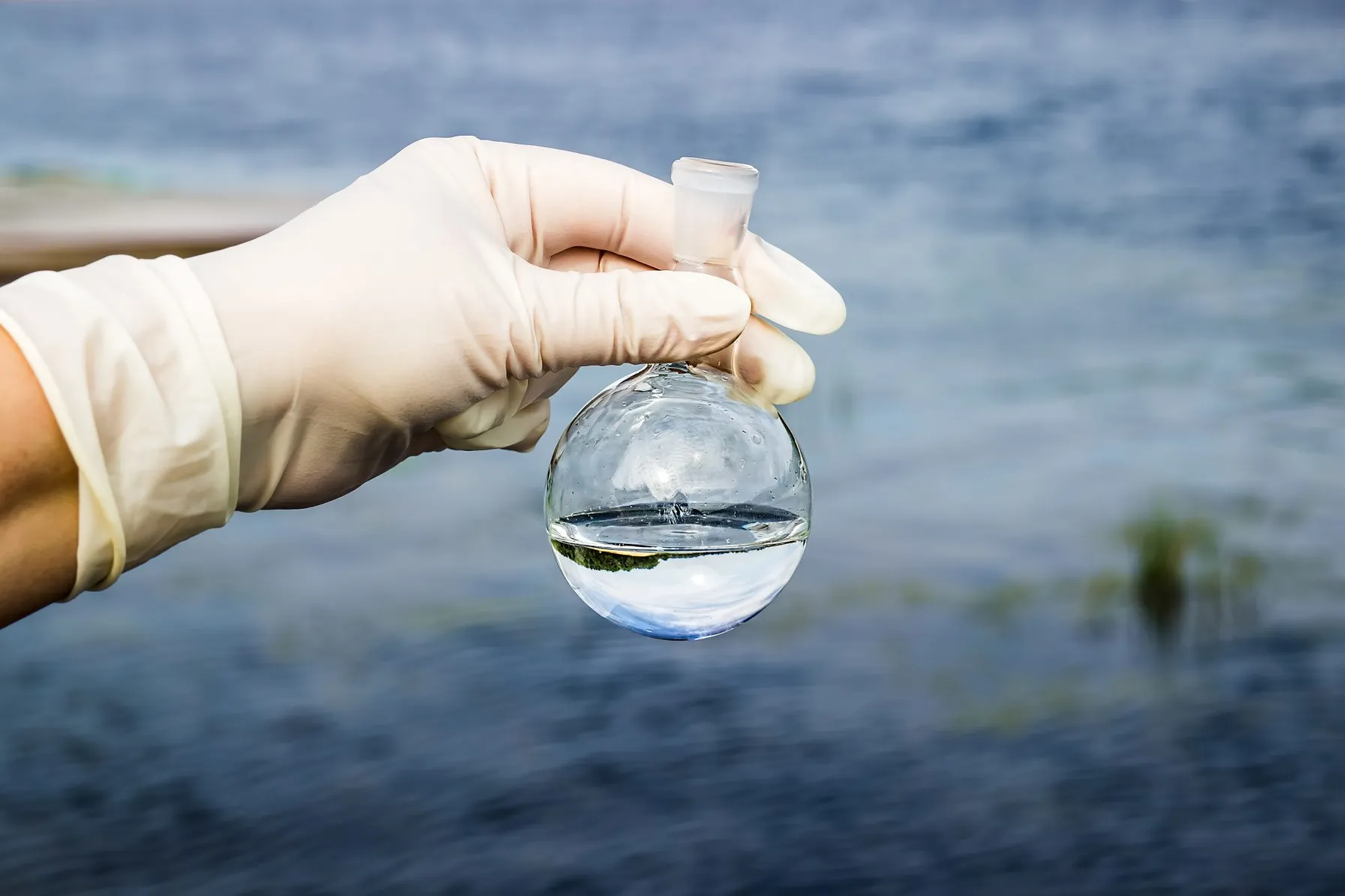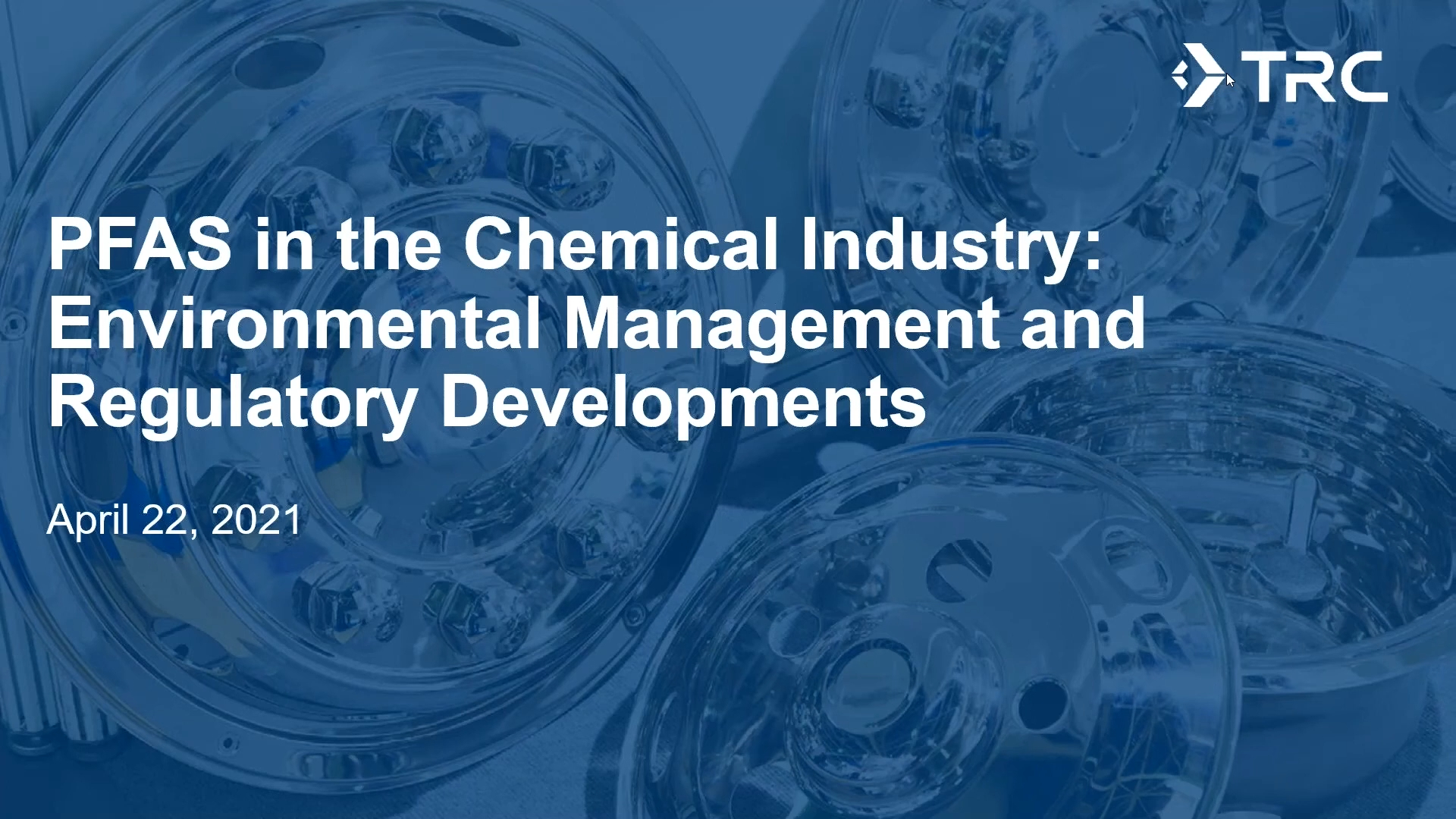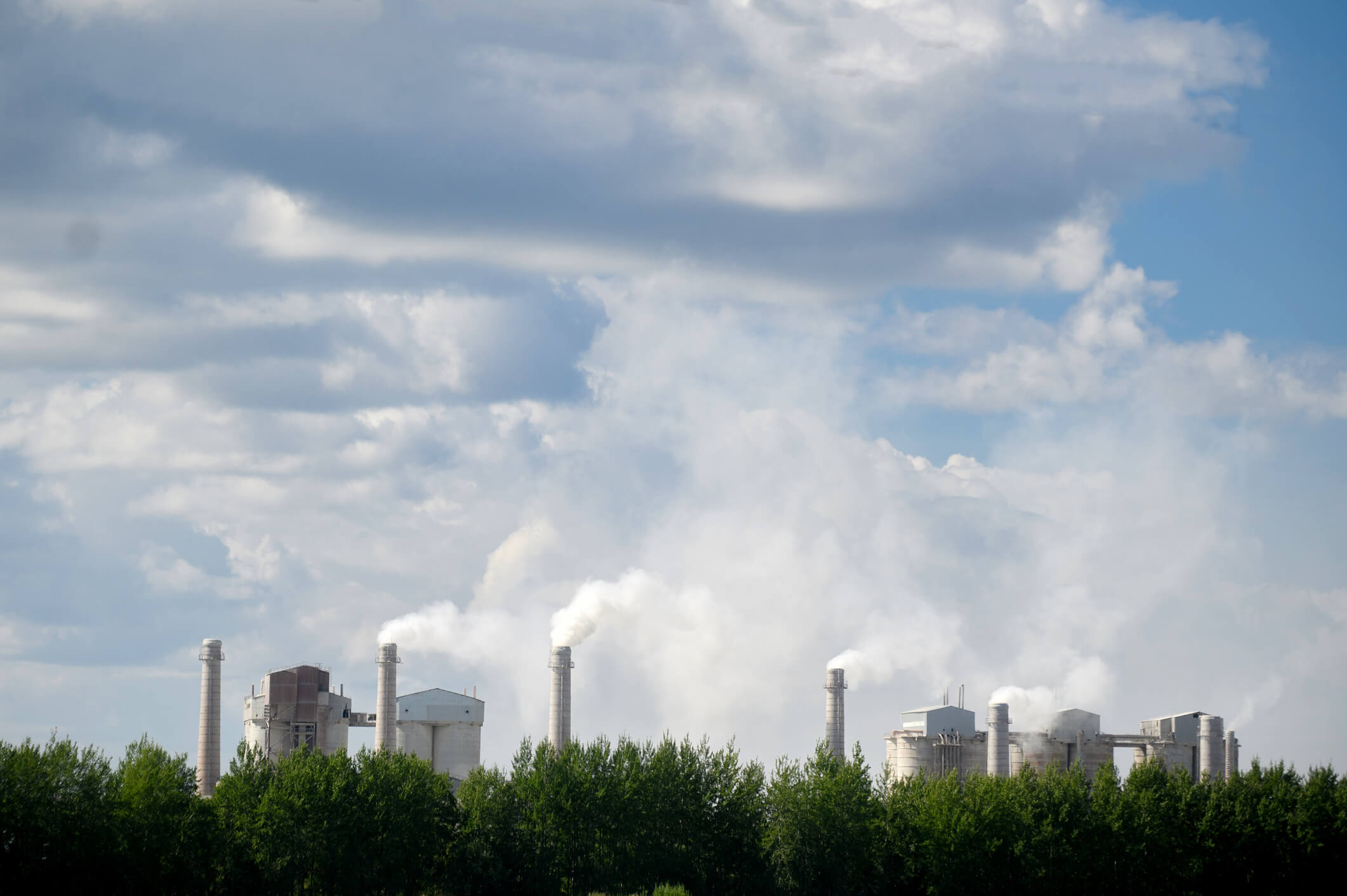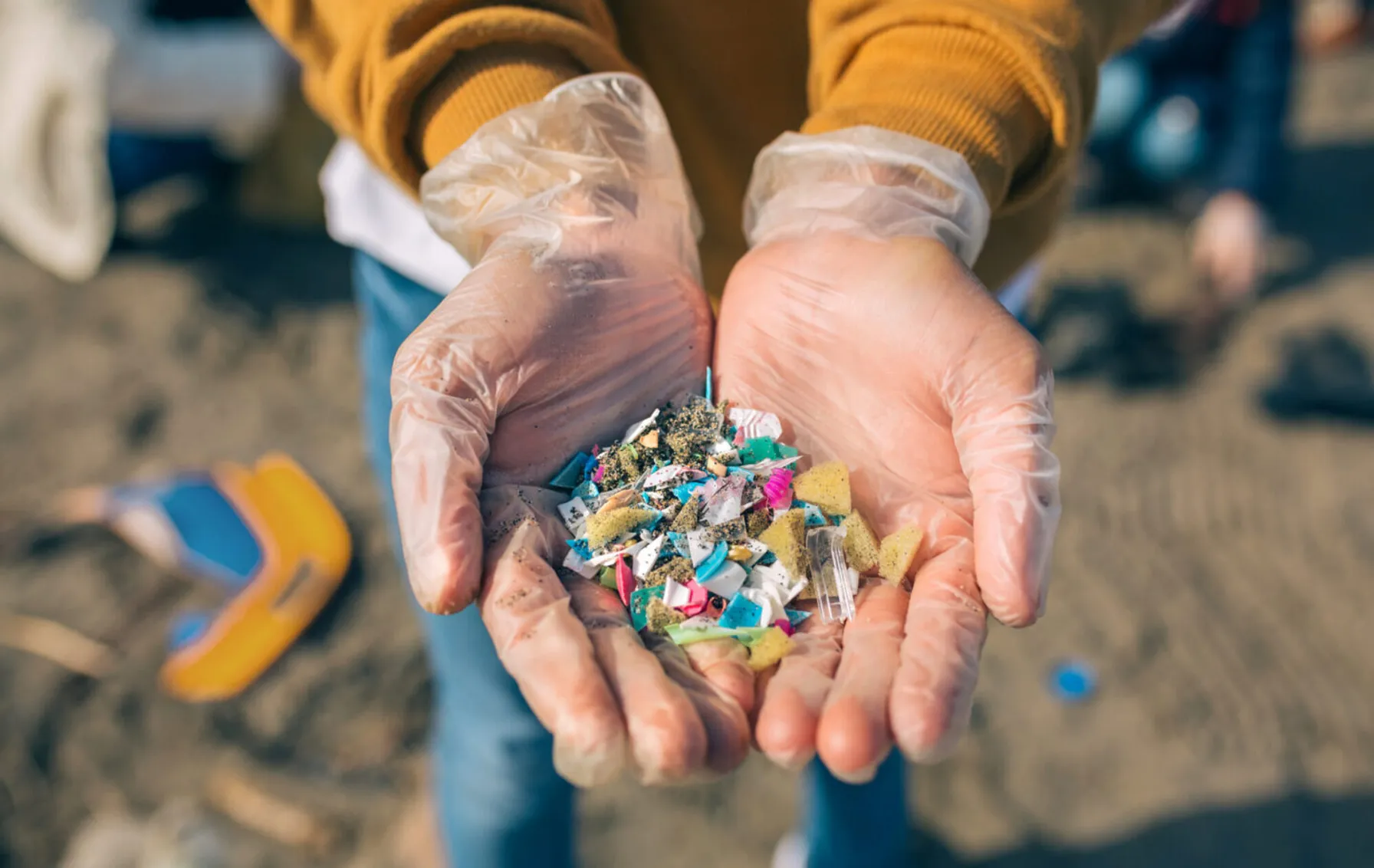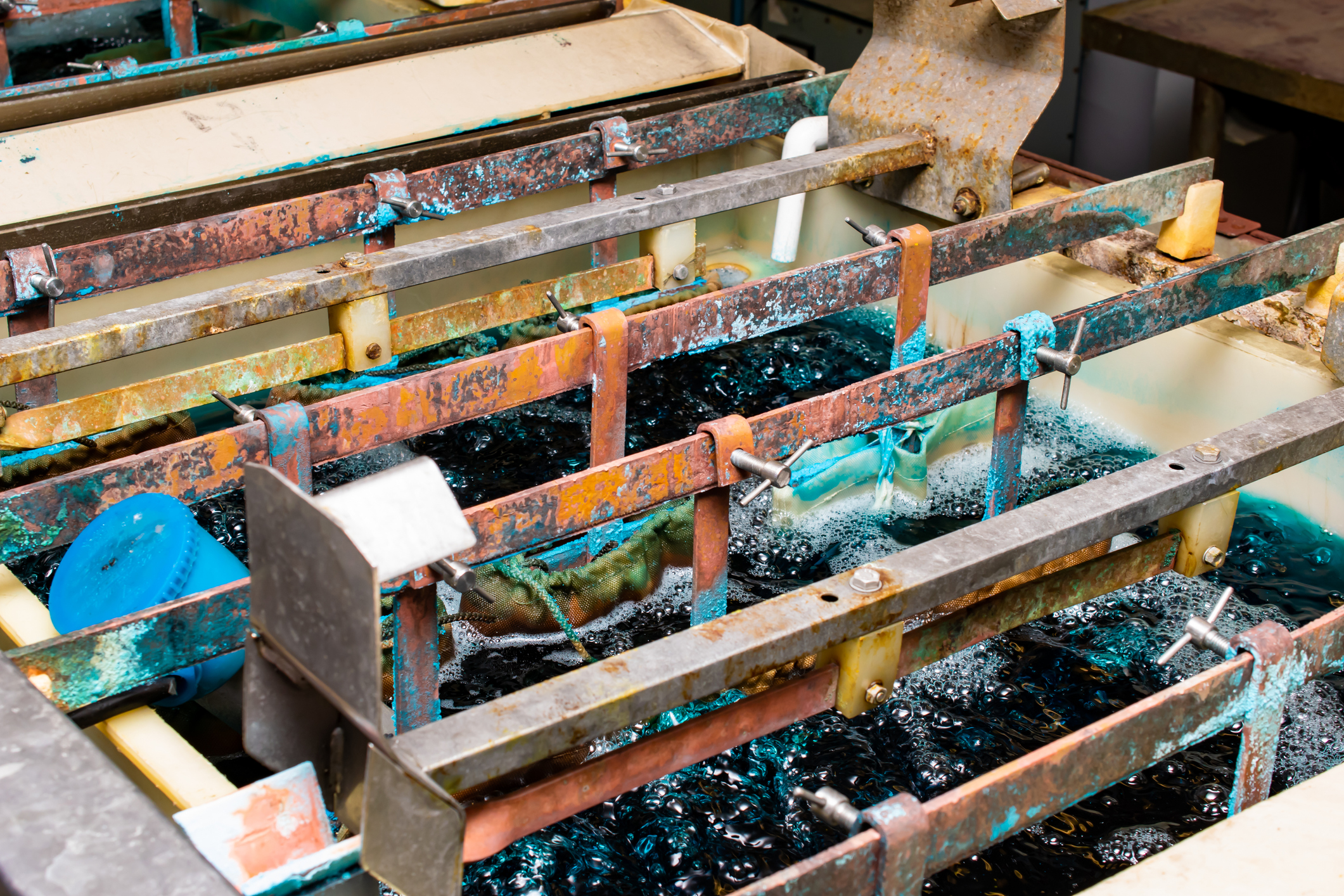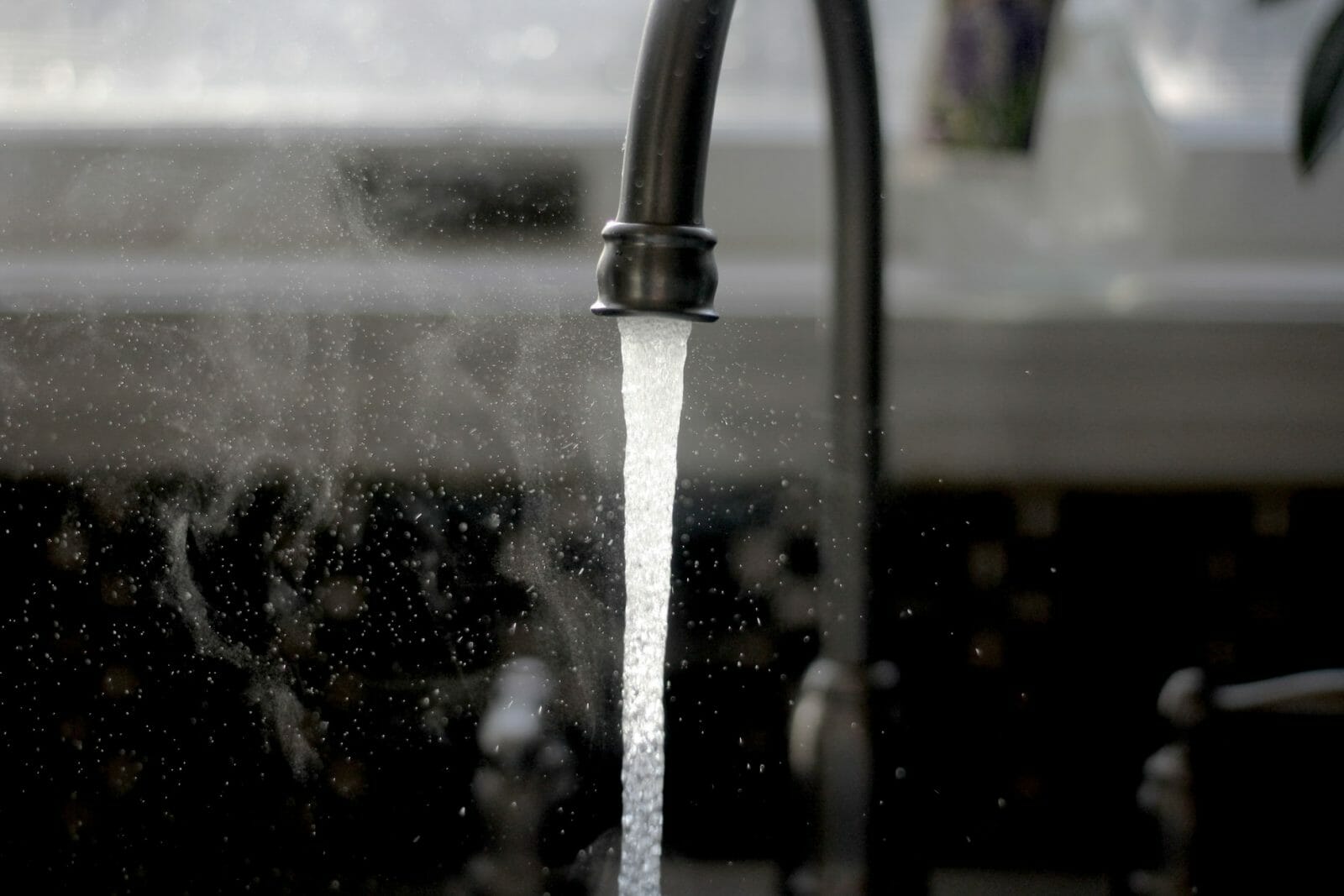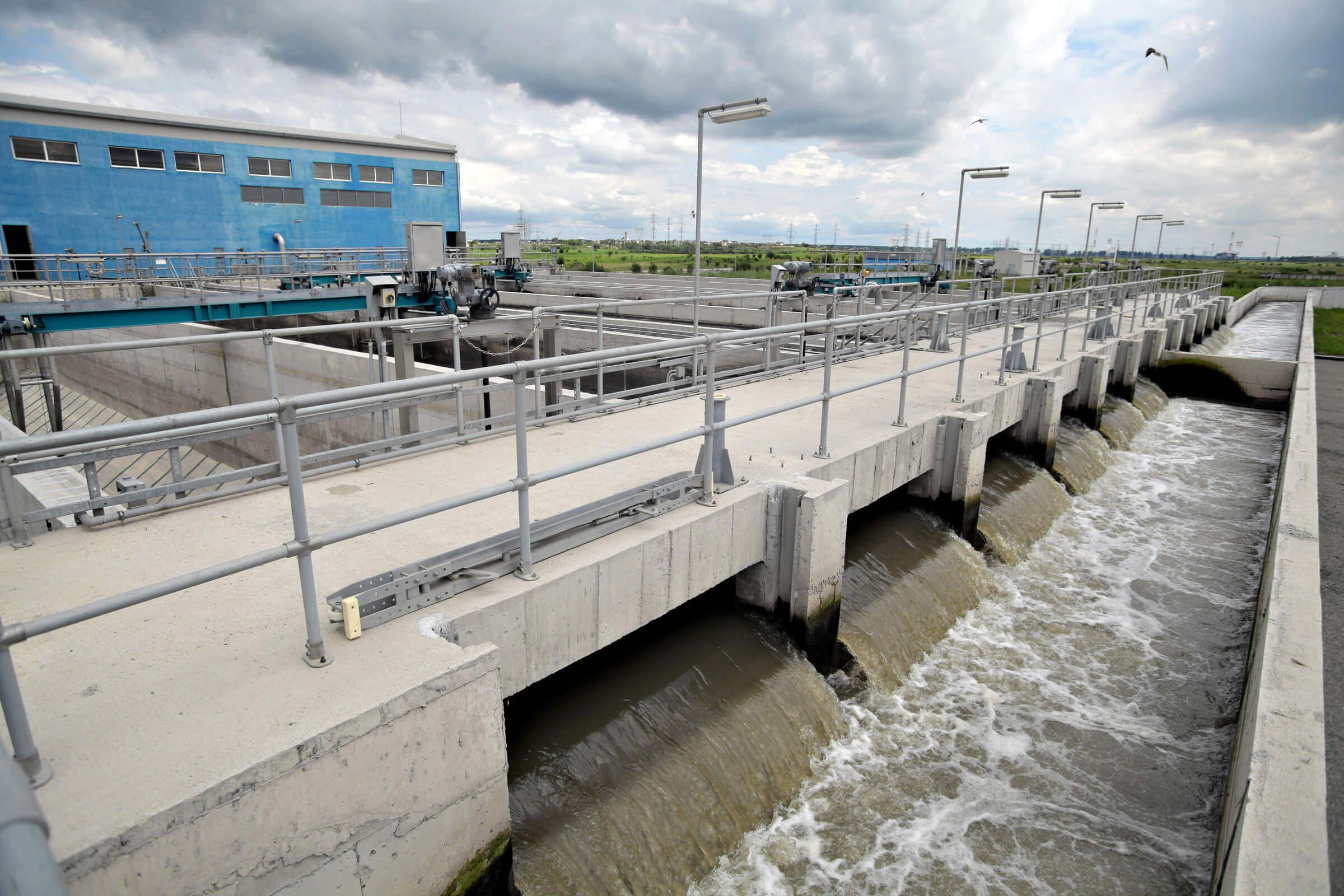August 11, 2023
Many types of pollutants and contaminants adversely affect the environment, including per- and poly-fluoroalkyl substances (PFAS). PFAS include thousands of different chemicals that are widely used in consumer products and manufacturing processes. PFAS pollution is a growing concern as scientists start to understand their long-term effects.
Related Services
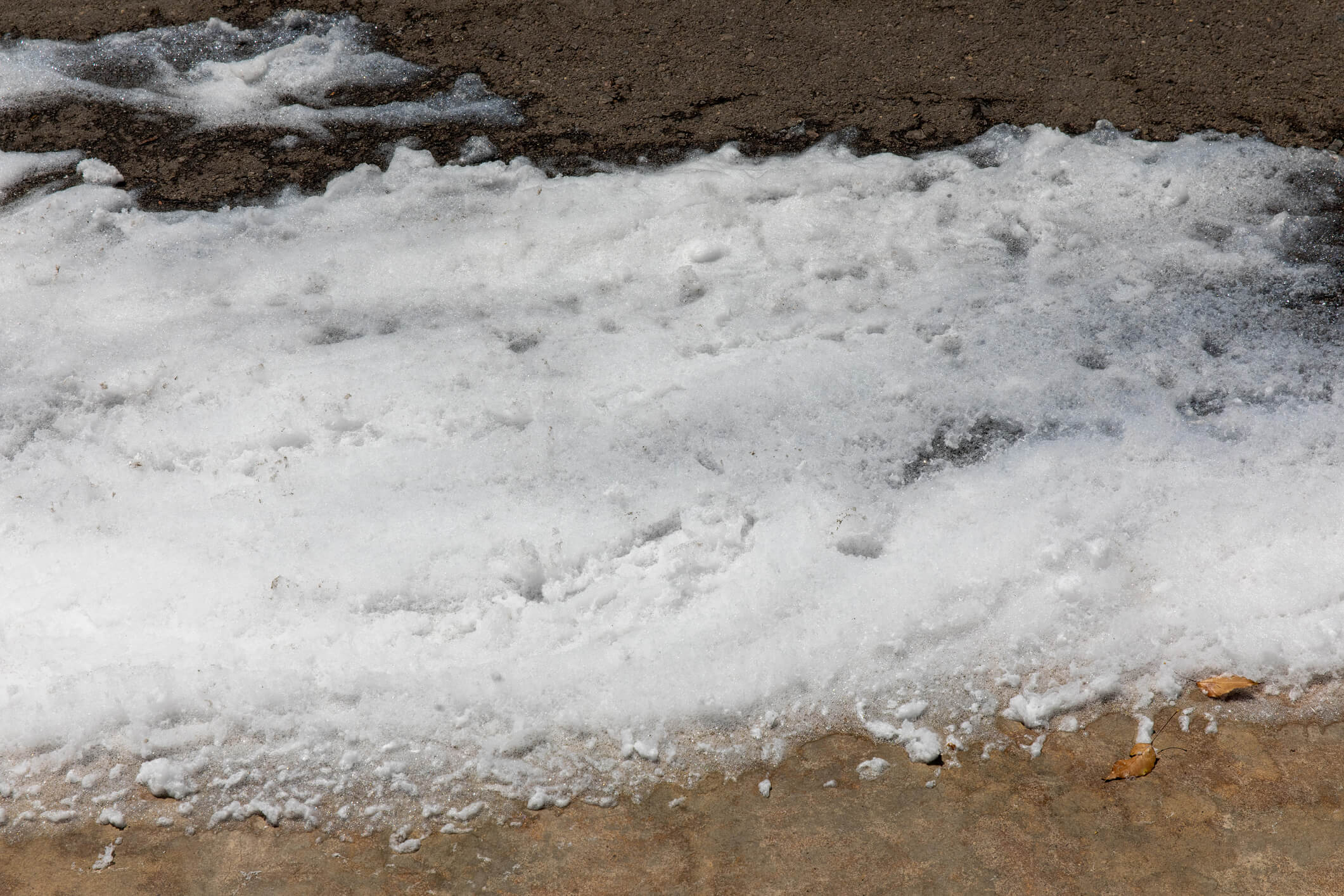
What Is PFAS Contamination?
PFAS contamination is when PFAS substances enter the environment, including soil, air and water systems. PFAS contamination is a significant concern for governments and communities worldwide, as PFAS chemicals are commonly known as “forever chemicals.” Because these substances take considerable time to degrade and break down, PFAS can stay in the environment for decades and can have adverse effects on human and animal health.
How Do PFAS Contaminate the Environment?
PFAS are widely used in the production of numerous products. Some PFAS chemicals are the by-product of manufacturing processes. As a result, PFAS contamination is widespread, with PFAS being found nearly everywhere in the world. PFAS impacts the environment in a number of ways:
- Soil: PFAS can leach into the soil from landfills filled with products coated in PFAS and when firefighting foam containing PFAS is used. Additionally, PFAS-contaminated rainwater can soak into the soil, releasing the substances into the surrounding ground. Chemical spills and biosolids containing PFAS can also release these chemicals into the soil.
- Air: PFAS are released into the air through manufacturing processes that create these substances during production. Many household products contain PFAS, including water- and stain-resistant textile coatings, sealants and paints. Disturbing these products can release PFAS into the air.
- Water: Aqueous film forming foam and chemical spills are among the most common ways PFAS reaches water sources. PFAS can also move through the soil to reach groundwater. Oceans can also absorb PFAS from the air, similar to how they absorb carbon. Waxes for surfboards, boats and jetskis containing PFAS can transfer these chemicals into the water. Washing clothes with products that contain PFAS can also release these substances into the water system.
Once PFAS are in any of these three ecosystems, they will continue to accumulate and move between each system for many years. PFAS are also challenging to remove from the environment. Most municipal water filtration systems are not set up to remove PFAS from the water and require specific filtration systems. Removing PFAS from the soil is expensive and time-consuming, while air filtration can be challenging.
The difficulty of eliminating PFAS from the environment means they will likely remain in the environment and continue to accumulate.
The Effects of PFAS on the Environment
It is easy to see the devasting impact contaminants such as toxic waste and plastic have on the environment. The impact of PFAS is more complex, as the effects are harder to see and analyze. Further, some of the effects can be caused by other contaminants or environmental factors, making it challenging to understand the full impact of PFAS on the environment, humans and wildlife. Research into the long-term impacts of PFAS is ongoing.
Water Contamination
PFAS in water systems is a persistent issue. PFAS dissolve in water, and their chemical properties make them difficult to remove from water systems using traditional filtration methods. The result is that many municipal water systems cannot effectively remove PFAS from drinking water using traditional filtration methods, exposing humans and animals to these contaminants. As PFAS can move through soil, they can also reach groundwater, contaminating public and private water systems and wells.
Soil Contamination
Most research into PFAS contamination has focused on how the chemicals affect water and air systems, so there is less information on the impact on soil. The investigation into PFAS-contaminated soil shows that PFAS can migrate into certain plant species, such as wheat and maize, through root uptake. From there, PFAS can migrate into the animals and humans that eat these plants.
Another concern is that PFAS may alter the physical properties of soil. PFAS can change the pH balance of soil, decrease soil respiration and reduce the number of water-soluble aggregates in the soil. The bacterial diversity of soil is also affected by PFAS contamination, with certain types of bacteria thriving while others die off. All these changes can negatively impact soil health, affecting the health of plants and crops.
Air Contamination
The air around factories that use or produce PFAS typically has high PFAS levels. The air in homes and other indoor areas has also been found to be contaminated with PFAS. The use of home products, including protective sprays such as water- and stain-resistant coatings, may be the source of this contamination.
Air contamination increases the chance of exposure through inhalation. PFAS-contaminated air can also redeposit these chemicals back into water and soil systems.
Wildlife
PFAS in the environment can affect animals. High levels of PFAS may cause altered foraging behavior in crayfish, reduced hatching rates in some sea turtle species and lower immune responses in alligators. The chemicals may also be linked to lower reproduction rates in various bird species.
High levels of PFAS have also been recorded in deer and fish, causing some states to issue consumption advisories when high PFAS levels are recorded. These advisories are issued to prevent additional exposure in humans.
Knowing how PFAS affects animals, especially endangered and vulnerable species, is vital. Lower reproduction rates and increased disease rates can be fatal for these species.

Help Protect the Environment From PFAS With TRC
Businesses and governments must take steps to protect the environment from PFAS pollution. There are a few state regulations and laws in place, and the EPA is pushing for more comprehensive regulations to limit the release of PFAS into the environment.
TRC provides extensive Environmental Health and Safety (EHS) Management services that help ensure entities protect employees and the environment and maintain compliance with local, state and federal regulations. We work closely with companies to develop tailored EHS strategies that meet their unique requirements. Our team can also provide an assessment of PFAS risk and liability and can help develop a PFAS risk mitigation or management plan.
Reach out to our team of experts today to help protect the environment from PFAS.
Achieve New
Possibilities
Partner With TRC’s Tested Practitioners
Sharing Our Perspectives
Our practitioners share their insights and perspectives on the trends and challenges shaping the market.
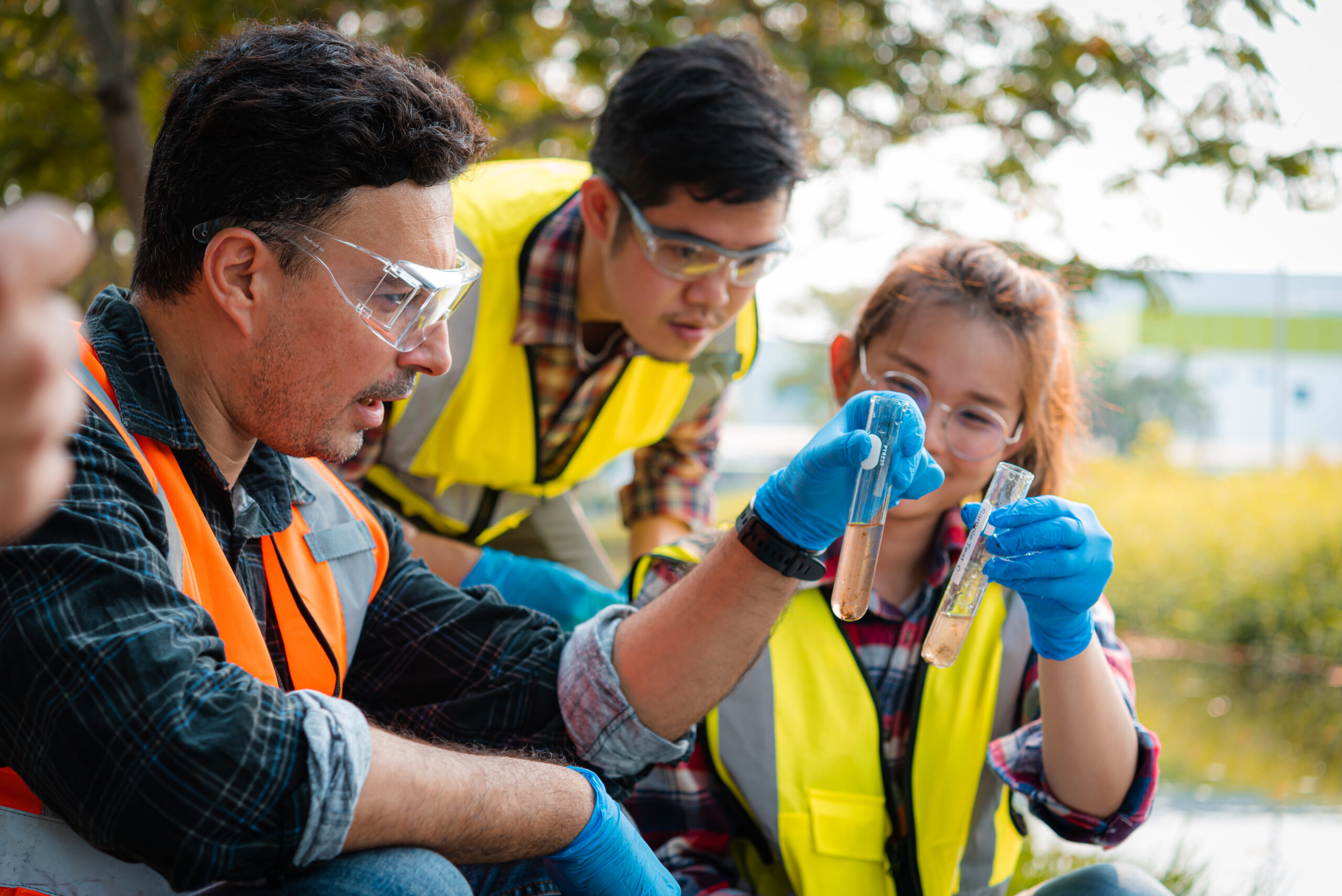
TRC’s Dennis Paustenbach Receives the American Conference of Governmental Industrial Hygienists (ACGIH) 2025 Stokinger Award for Achievements in Toxicology
October 7, 2025
Dennis Paustenbach, Chief Scientist – Toxicology & Risk Exposure, received The ACGIH Stokinger Award. The award recognizes Paustenbach’s decades of noteworthy scientific contributions to the fields of toxicology, industrial hygiene and risk assessment.

PFAS in Consumer Products: Assessing the Risk of Dermal Exposures
July 17, 2025
Products, such as bandages, baby wipes and feminine care products, may contain trace levels of PFAS due to intentional use or cross-contamination, which has prompted recent concerns about skin absorption and long-term health effects.

TRC’s Webinar On-Demand ART-PFAS Technology
May 7, 2025
TRC’s Nidal Rabah and Brendan Lazar present ART-PFAS, an award-winning in-situ alternative to pump-and-treat for remediating PFAS and VOCs in groundwater.
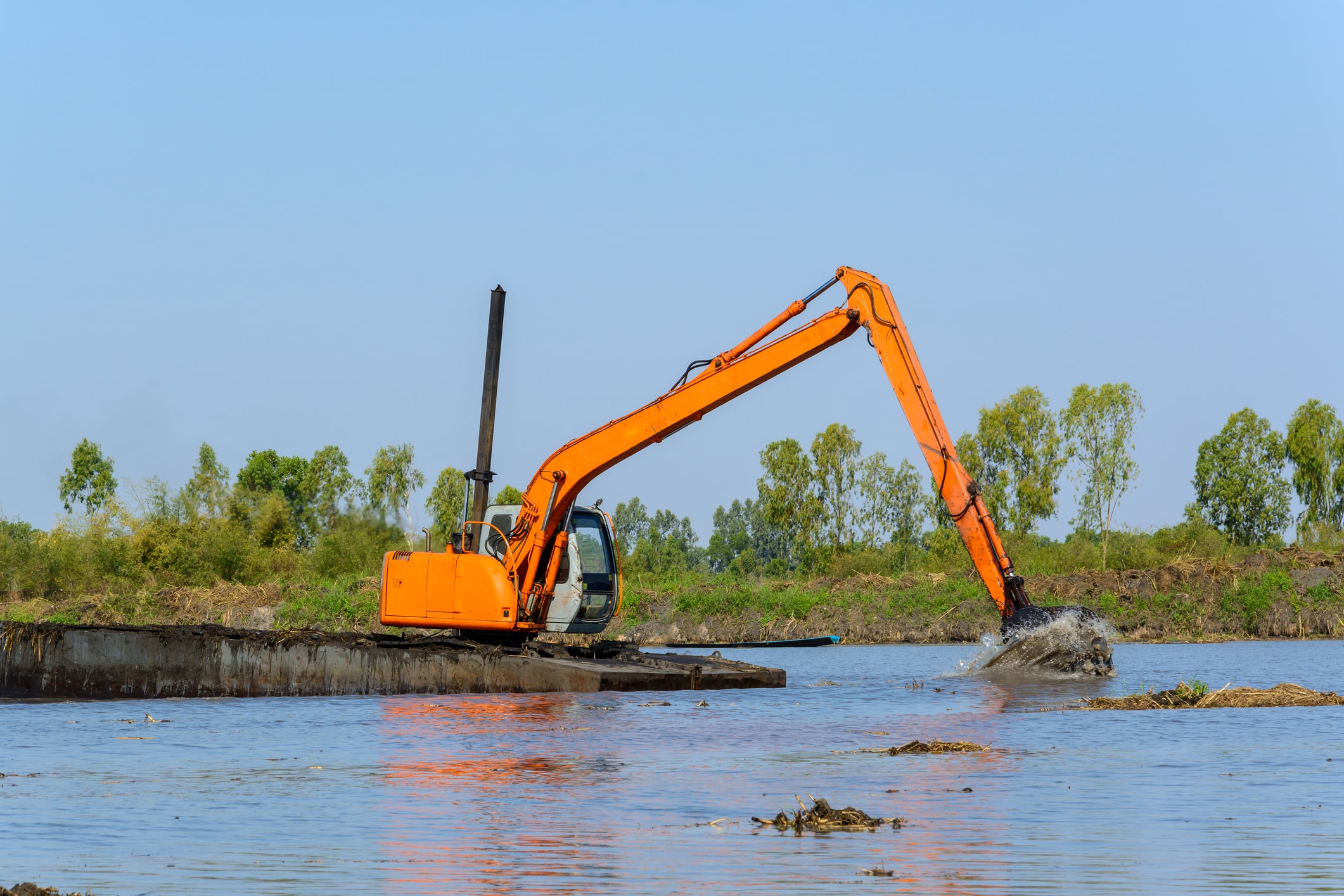
Treatment of PFAS to Allow for Beneficial Use of Impacted Dredged Sediments
July 18, 2024
Approximately 200 to 300 million cubic yards of sediment are dredged each year by the US Army Corps of Engineers (USACE) and other federal interests (USEPA, 2007).

Coming at You Fast – The Latest on RCRA and PFAS Regulations
March 1, 2024
The EPA published its Proposed Rule for Listing of Specific PFAS as Hazardous Constituents under the Resource Conservation and Recovery Act (RCRA).
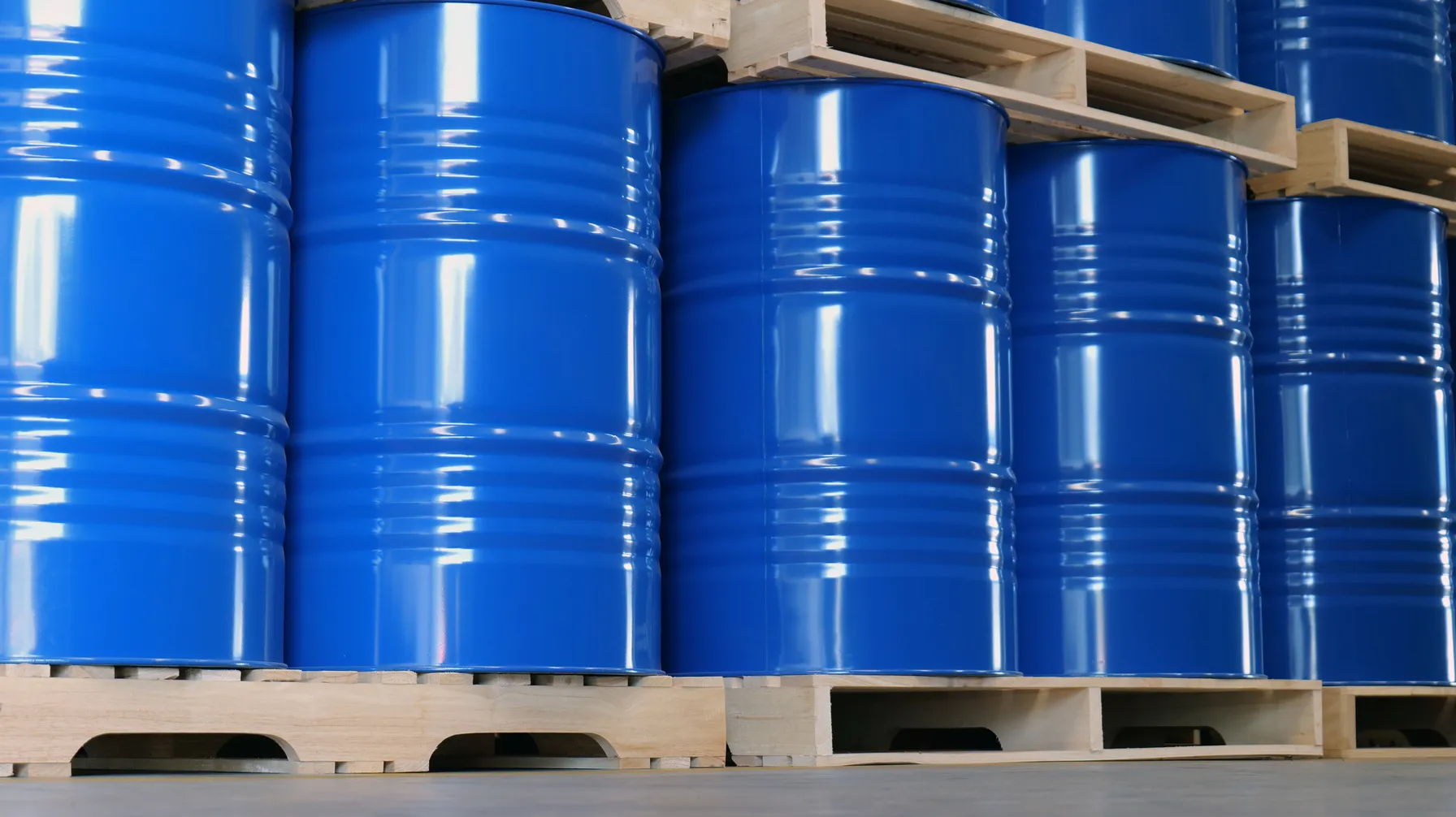
New EPA Rule Impacts PFAS TRI Reporting and Supplier Notifications
November 20, 2023
What Affected Facilities Need to Know About Applicability, Reporting Changes and Deadlines
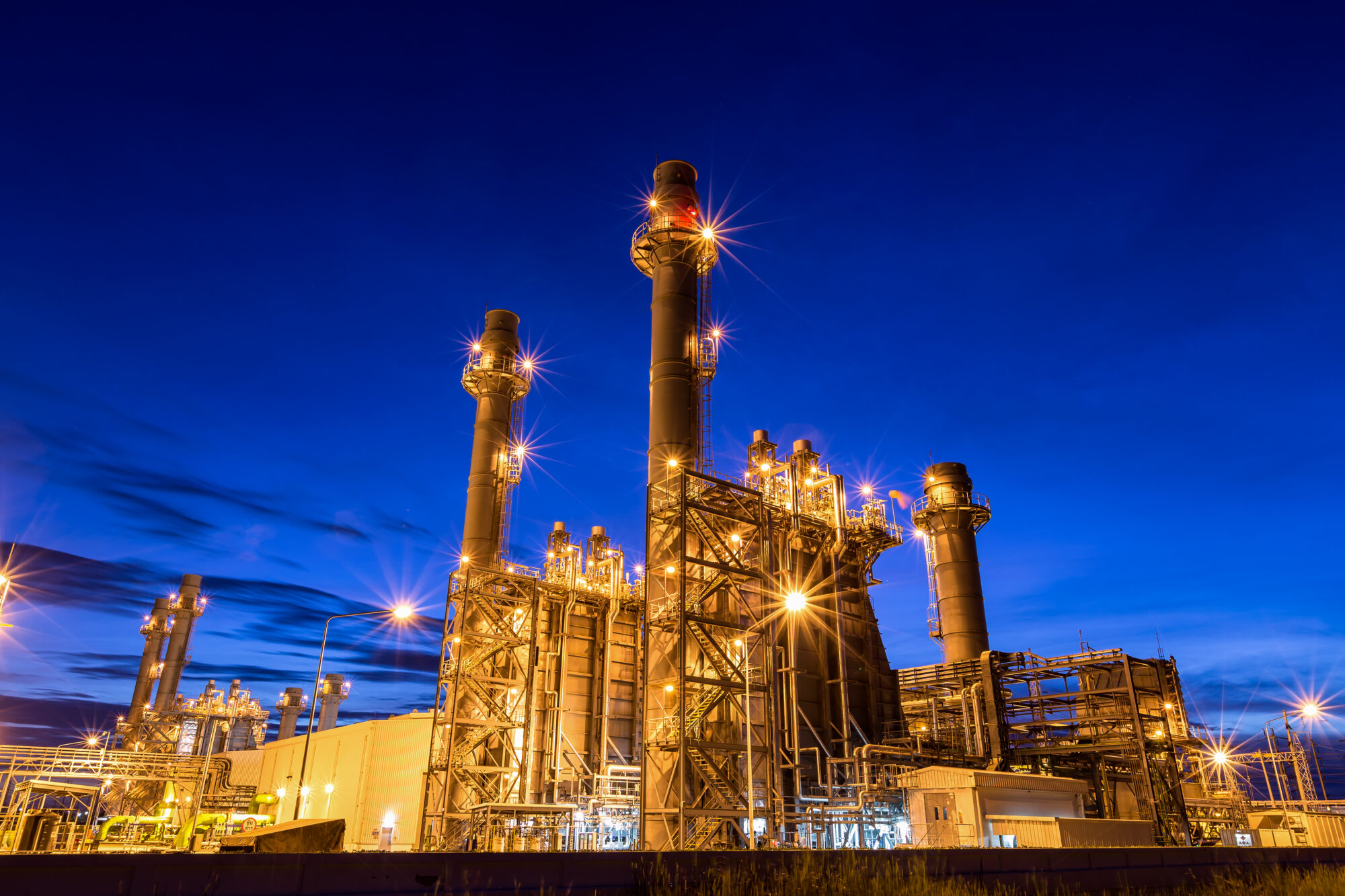
EPA Proposes Changes to Air Emissions Reporting Requirements (AERR)
August 30, 2023
The EPA is proposing updates to their Air Emissions Reporting Requirements (AERR) through amendments to 40 CFR Parts 2 and 51.

How Does PFAS Contamination Impact the Environment?
August 11, 2023
PFAS are widely used in the production of numerous products. Some PFAS chemicals are the by-product of manufacturing processes. As a result, PFAS contamination is widespread, with PFAS being found nearly everywhere in the world.
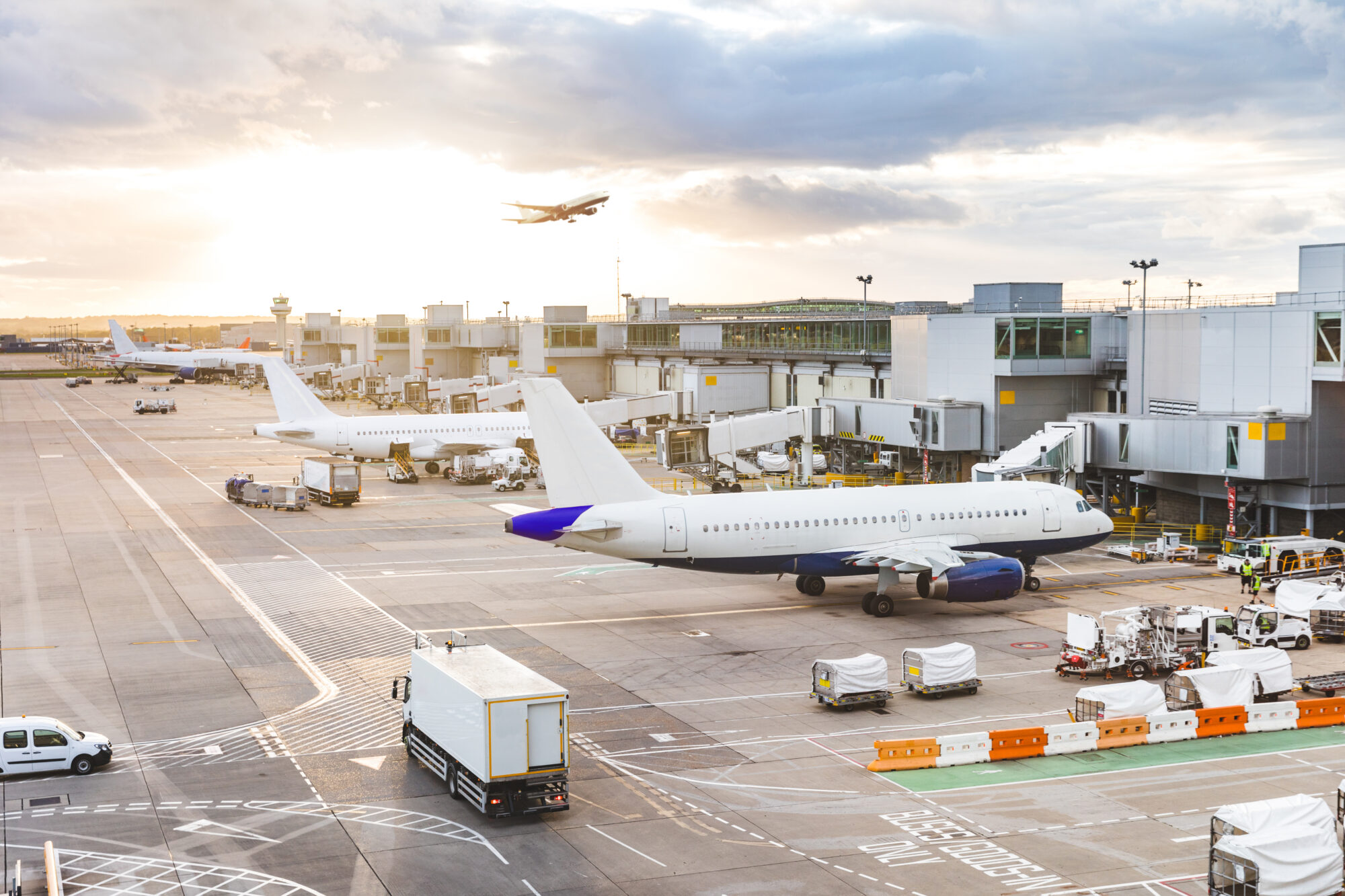
Helping Airports Identify and Mitigate PFAS Risks
May 30, 2023
This white paper focuses on some unique strategies and situations we have encountered at some airport sites.

EPA Finds Trichloroethylene Presents Unreasonable Risk in Final Risk Evaluation
April 6, 2023
On Jan 9, 2023, the United States Environmental Protection Agency (EPA) revised the Toxic Substance Control Act (TSCA) to reflect a new risk determination for trichloroethylene (TCE).

Proposed Use of a Hazard Index for PFAS National Primary Drinking Water Regulation (NPDWR)
April 4, 2023
The Proposed MCL and MCLG for the four PFAS, PFNA, PFHxS, GenX, and PFBS, considers their toxicity as additive. The EPA has proposed a HI of 1.0 as the MCL and MCLG for the four PFAS combined.

Proposed MCLGs and MCLs for PFAS
March 15, 2023
Final Regulatory Determination for Contaminants on the Fourth Drinking Water Contaminant Candidate List

QA and Chemistry Services
February 23, 2023
TRC offers many QA and Chemistry services including data usability assessments, limited and full data validation reports, quality assurance project plan preparation, selection of appropriate analytical methodologies and laboratory audits.
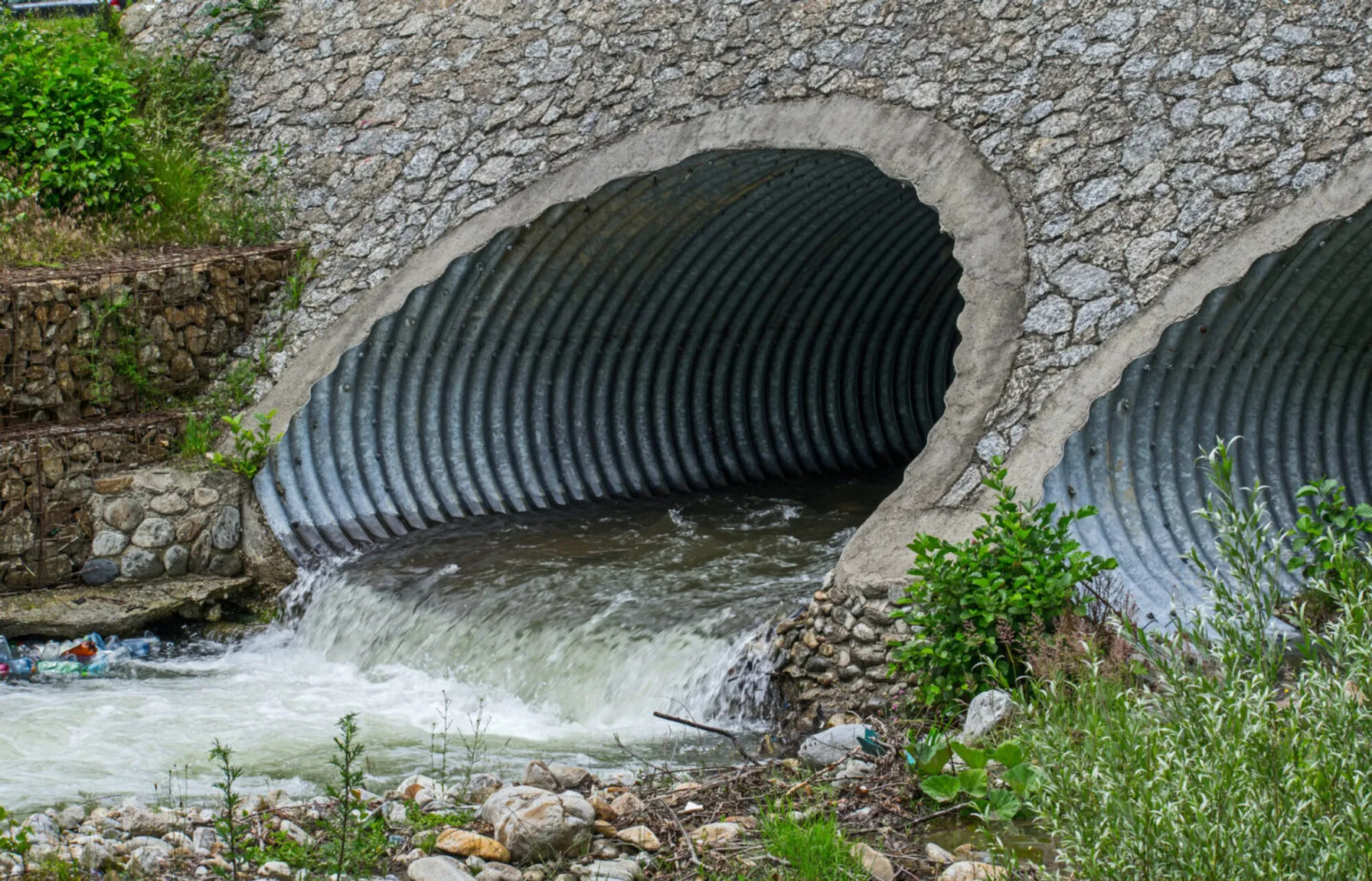
PFAS Fate and Transport
February 23, 2023
Understanding PFAS properties and behavior is key to effective detection and remediation.

PFAS Fate and Transport: Conceptual Site Models
February 23, 2023
The conceptual site model describes site-specific sources, release and transport mechanisms, exposure media, exposure points, exposure pathways and routes and potential human and/or ecological receptor populations.

EPA Announces $2 Billion in Funding to Address Emerging Contaminants in Drinking Water
February 14, 2023
Environmental Protection Agency Administrator Michael Regan announced $2 Billion in infrastructure funding to help the nation’s rural water supplies.
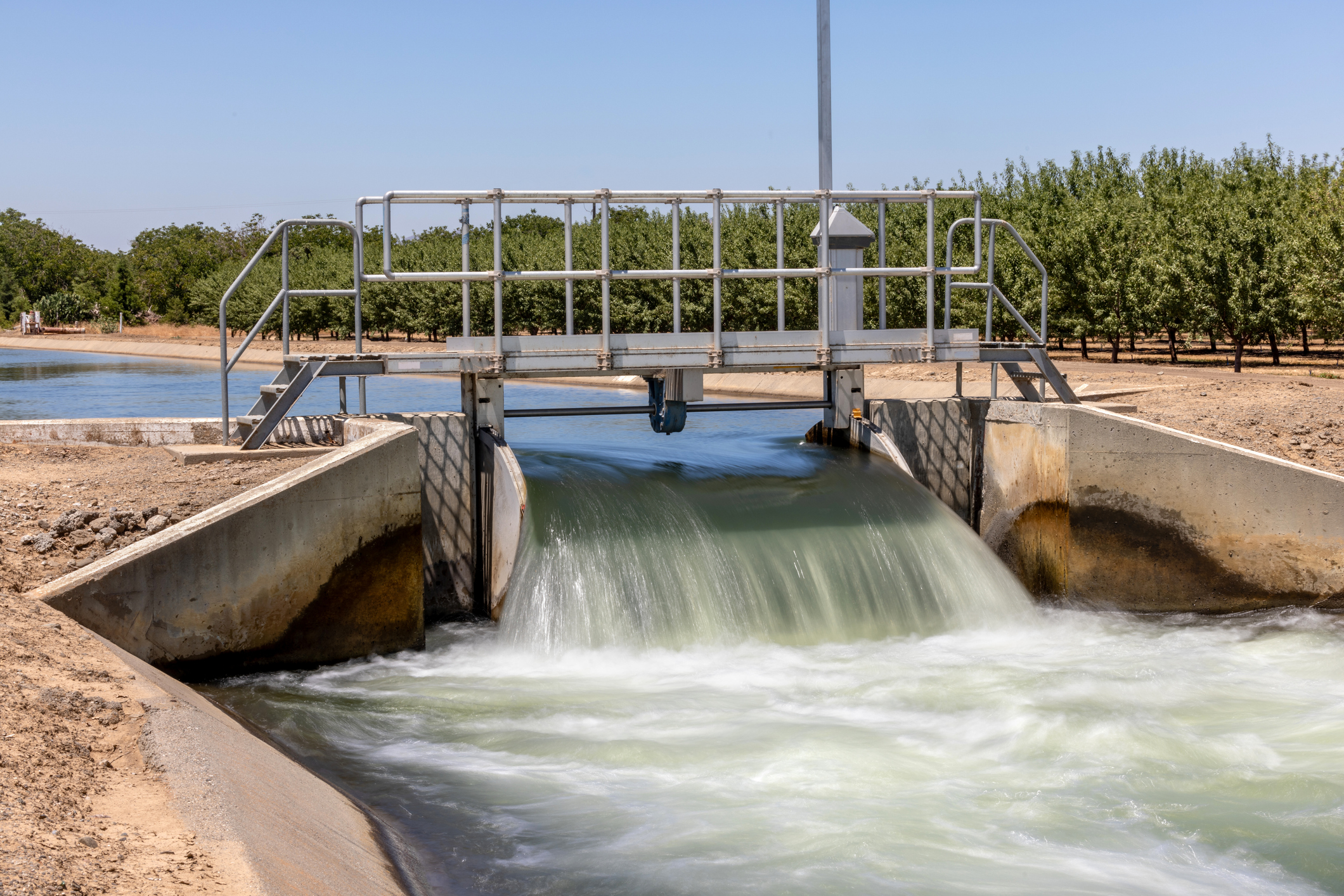
EPA Publishes Effluent Guidelines Program Plan 15
February 14, 2023
The EPA announced updated effluent limitations guidelines under Plan 15, focusing on the evaluation and rulemaking process for per- and polyfluoroalkyl substances (PFAS) discharges.
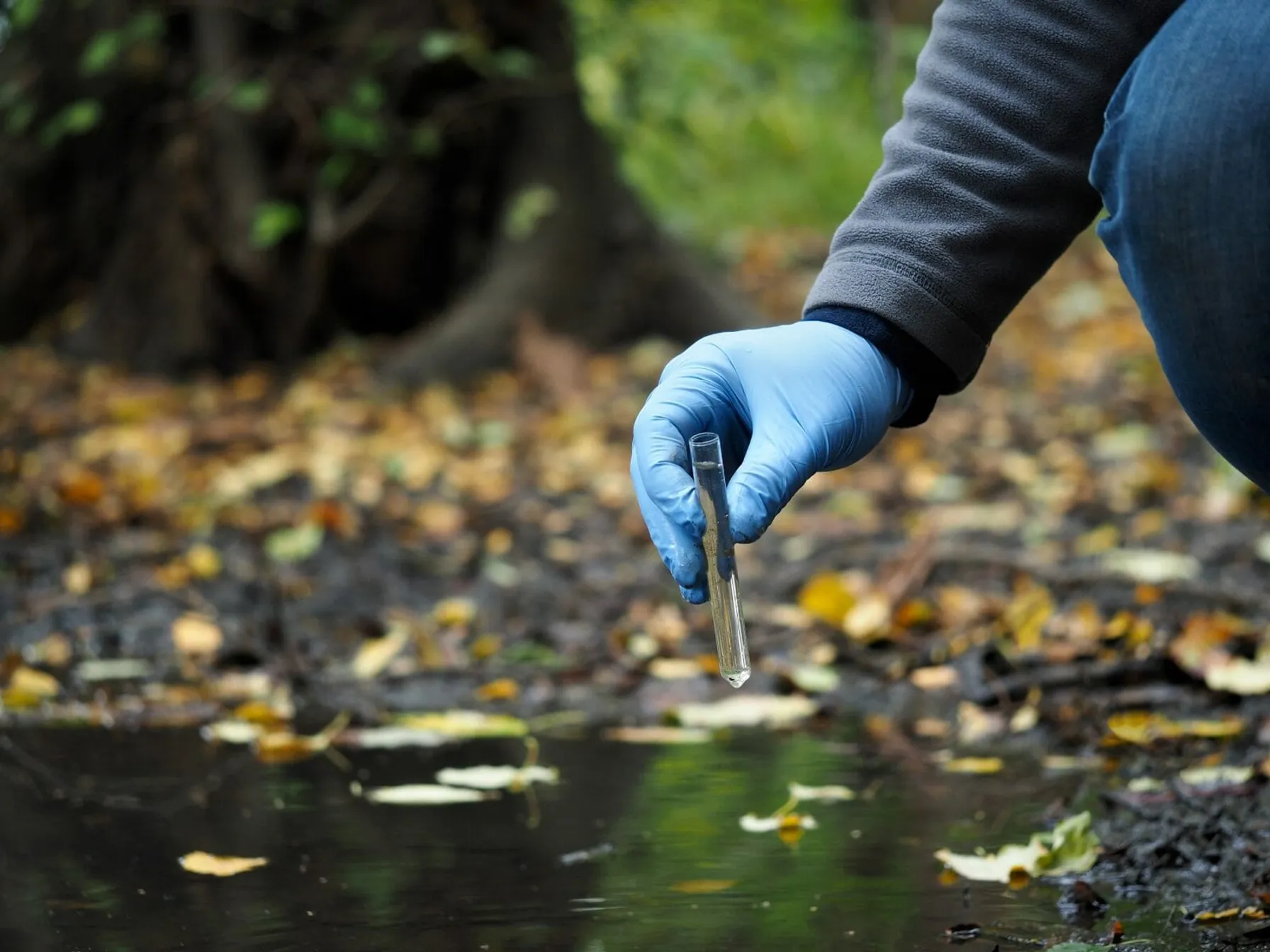
PFAS: Remedial Approaches
February 8, 2023
Remediating Per- and poly-fluoroalkyl substances (PFAS) from the soil and water requires effective techniques and innovative technologies. TRC’s experts are well versed in several remediation strategies intended to remove PFAS and prevent re-exposure.

TRI PFAS Reporting Requirements Continue to Expand
January 25, 2023
The list of PFAS for TRI reporting has increased to a total of 189 for reporting year 2023.
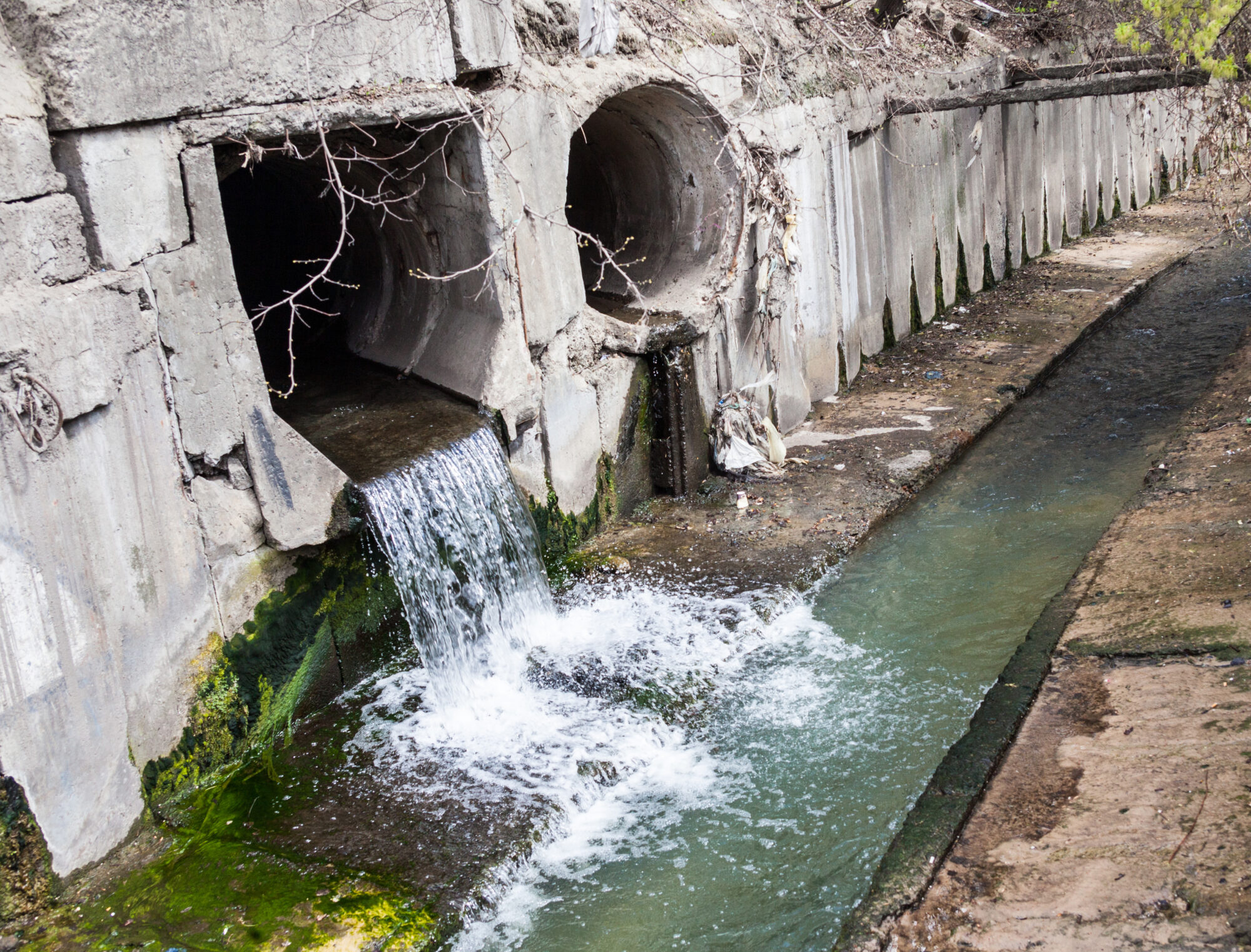
PFAS Discharges in NPDES Permits
December 19, 2022
In a follow-up to the EPA Office of Water’s April 28, 2022 memo, EPA released “Part 2″, providing guidance for the NPDES permitting/pretreatment program as it relates to restricting discharges of PFAS to water bodies.

Washington State Establishes PFAS Cleanup Levels
September 21, 2022
The Washington State Department of Ecology (Ecology) recently published a list of 6 PFAS compounds that now have soil and groundwater cleanup levels
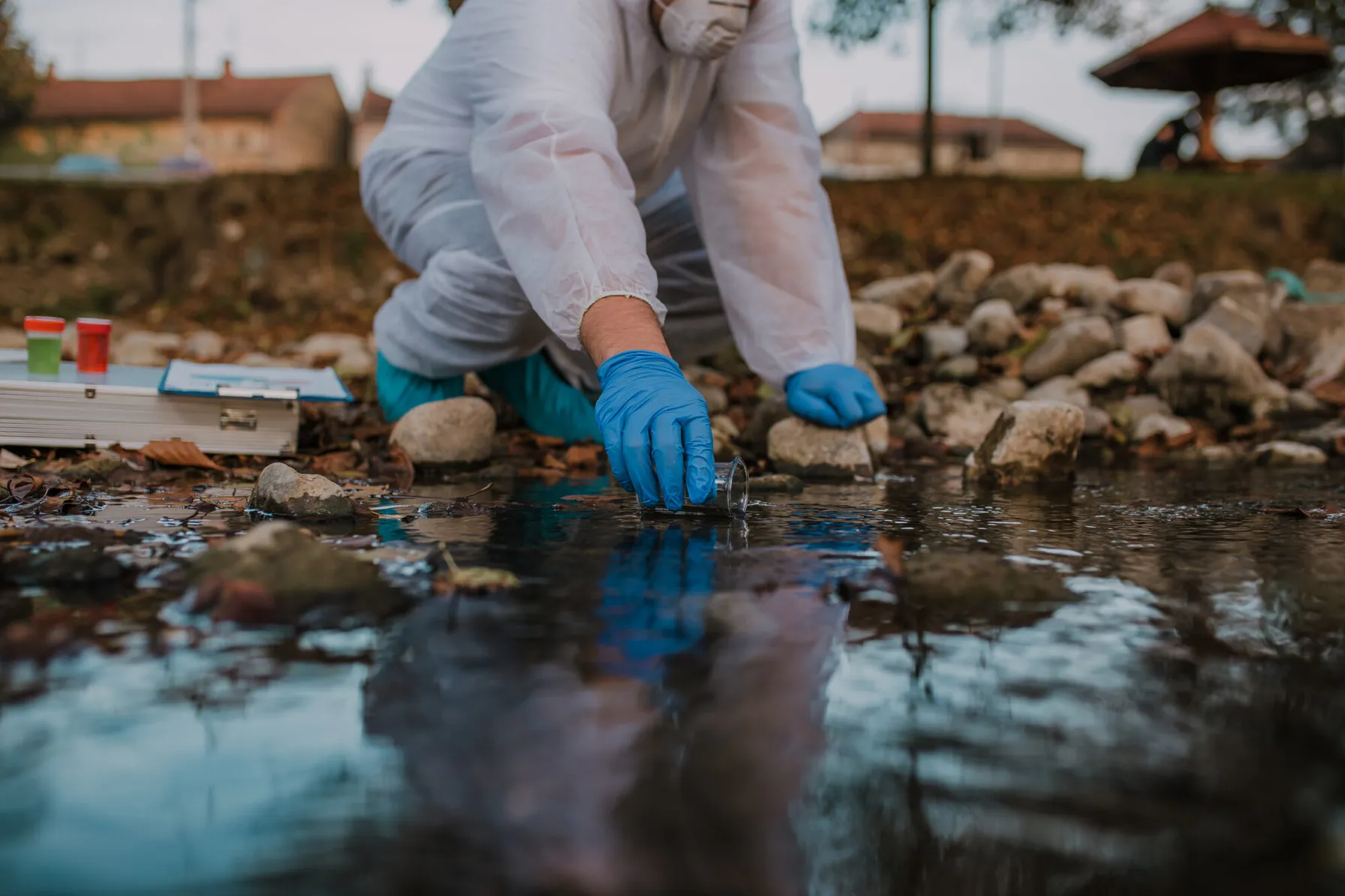
New National Emerging Contaminants Research Initiative
September 12, 2022
The Executive Office of the President of the United States announced a National Emerging Contaminant Research Initiative

EPA Issues Proposed Rule Designating PFOA and PFOS as Hazardous Substances
September 7, 2022
The EPA has issued a pre-publication version of a proposed rule to designate two PFAS compounds as hazardous substances under CERCLA.

Five New PFAS Added to EPA Regional Screening Levels (RSLs)
June 24, 2022
EPA announced the addition of five new PFAS to the list of Regional Screening Levels (RSLs)

EPA Announces Updated Drinking Water Health Advisories for Four PFAS Chemicals: PFOS, PFOA, PFBS, & GenX
June 24, 2022
On June 15, 2022, the EPA released updated Health Advisory Levels for four per- and polyfluoroalkyl substances (PFAS) in drinking water
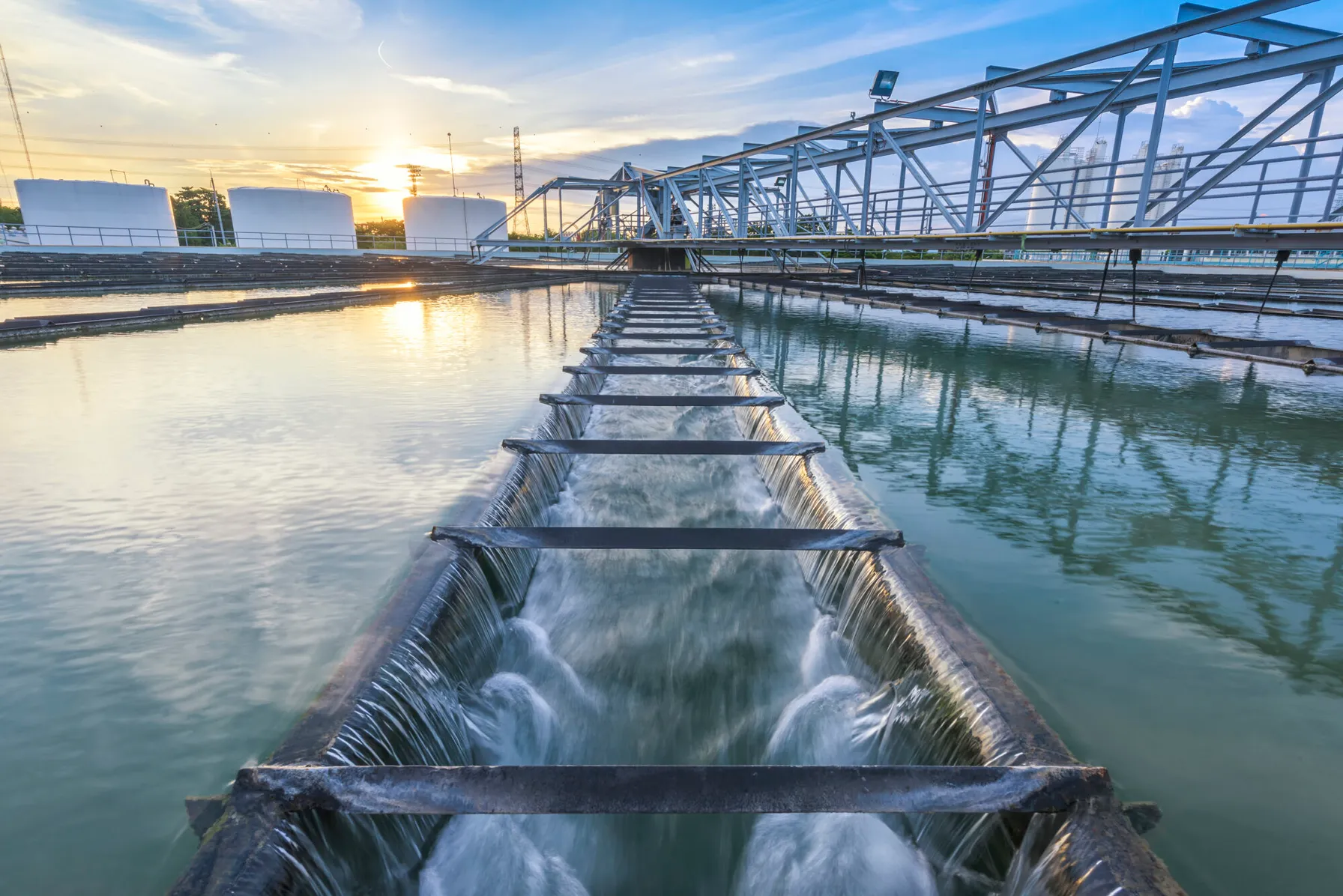
Integrating Sustainability, Digital Connectivity and Design Optimization in Wastewater Treatment Systems
June 20, 2022
Some organizations rarely think about water and wastewater treatment, until there is a problem. American industry depends on the ability to treat wastewater discharges while complying with regulatory standards and addressing emerging contaminants. If wastewater treatment fails, our environment is negatively impacted, and companies are exposed to shutdowns, delays and fines.
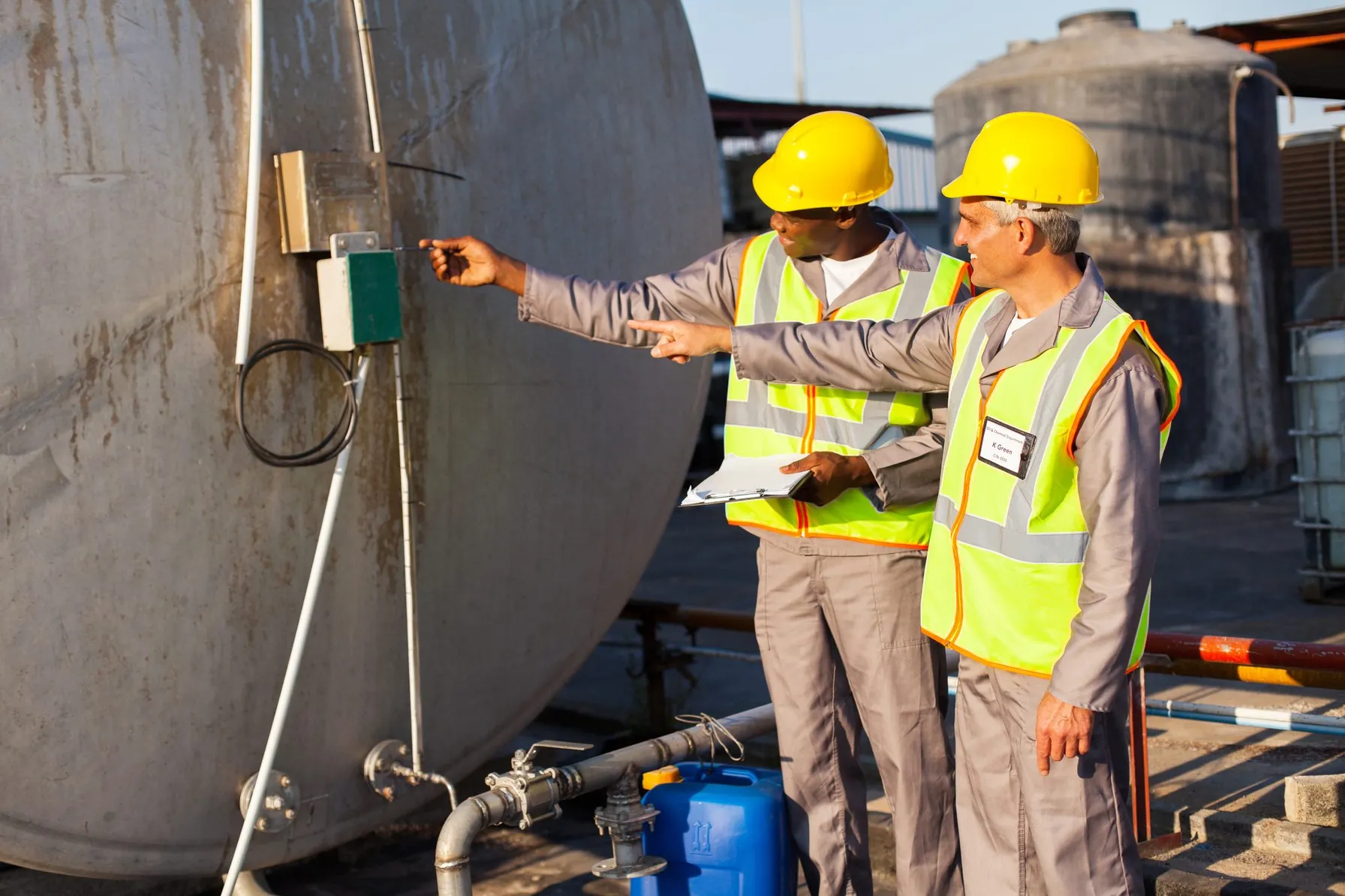
Worst Case Discharges of Hazardous Substances – Proposed Rule
May 25, 2022
In compliance with the Clean Water Act (CWA), the U.S. Environmental Protection Agency (EPA) recently proposed a new rule for onshore non-transportation-related facilities requiring specified facilities to plan for worst case discharges (WCDs) of CWA hazardous substances that could cause substantial harm to the environment.
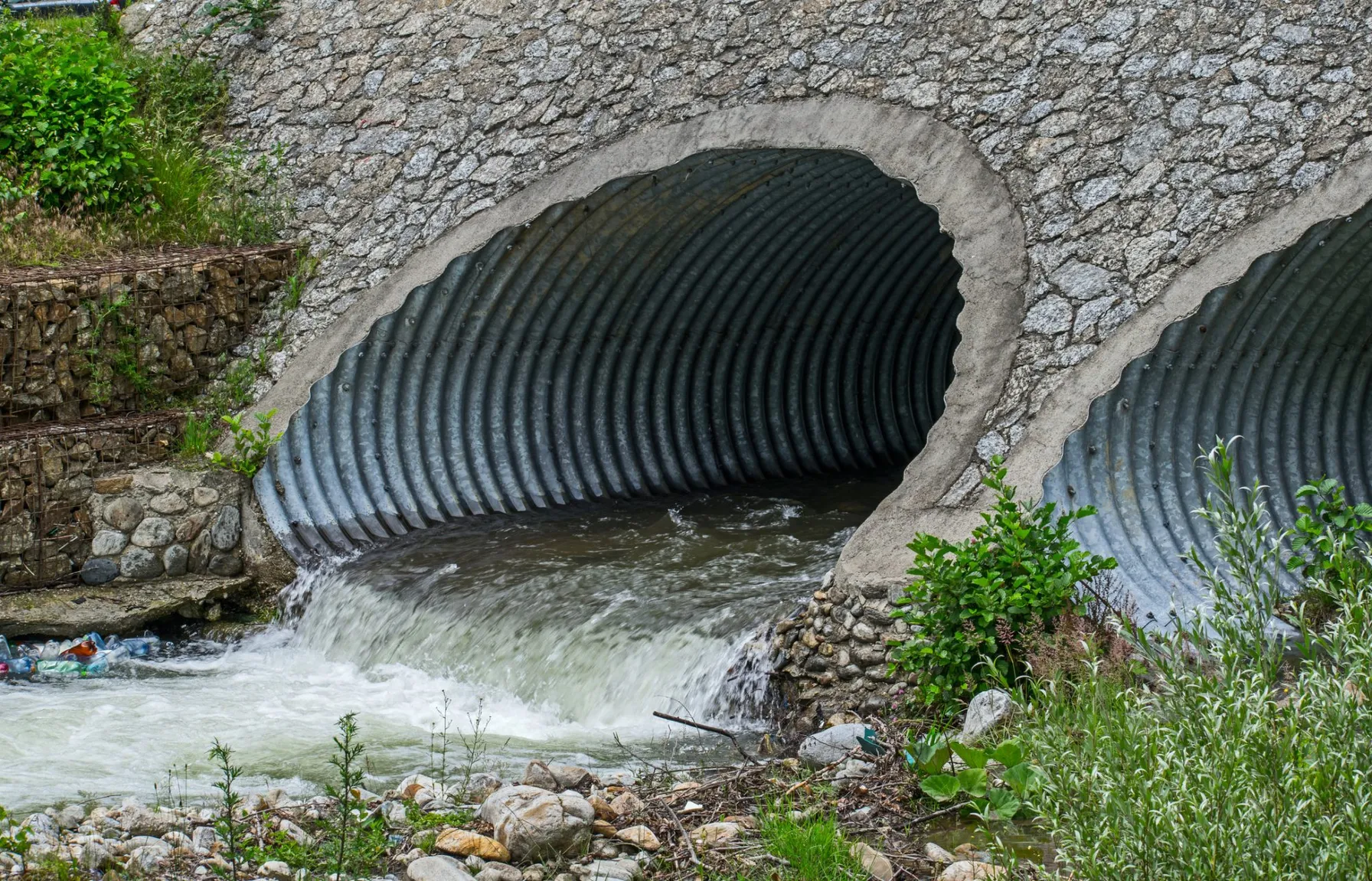
PFAS Discharges and NPDES Permits
May 25, 2022
On April 28, 2022, the U.S. Environmental Protection Agency’s (EPA) Office of Water released a memo addressing the use of National Pollutant Discharge Elimination System (NPDES) permits to restrict per- and poly-fluoroalkyl substances (PFAS) discharges to water bodies.

EPA Proposes Aquatic Life Criteria for PFOA and PFOS
May 25, 2022
On May 3, 2022, under the Clean Water Act (CWA), the United States Environmental Protection Agency (USEPA) proposed the first aquatic life criteria for both short-term and long-term toxic effects from Perfluorooctanoic Acid (PFOA) and Perfluorooctane Sulfonic Acid (PFOS).
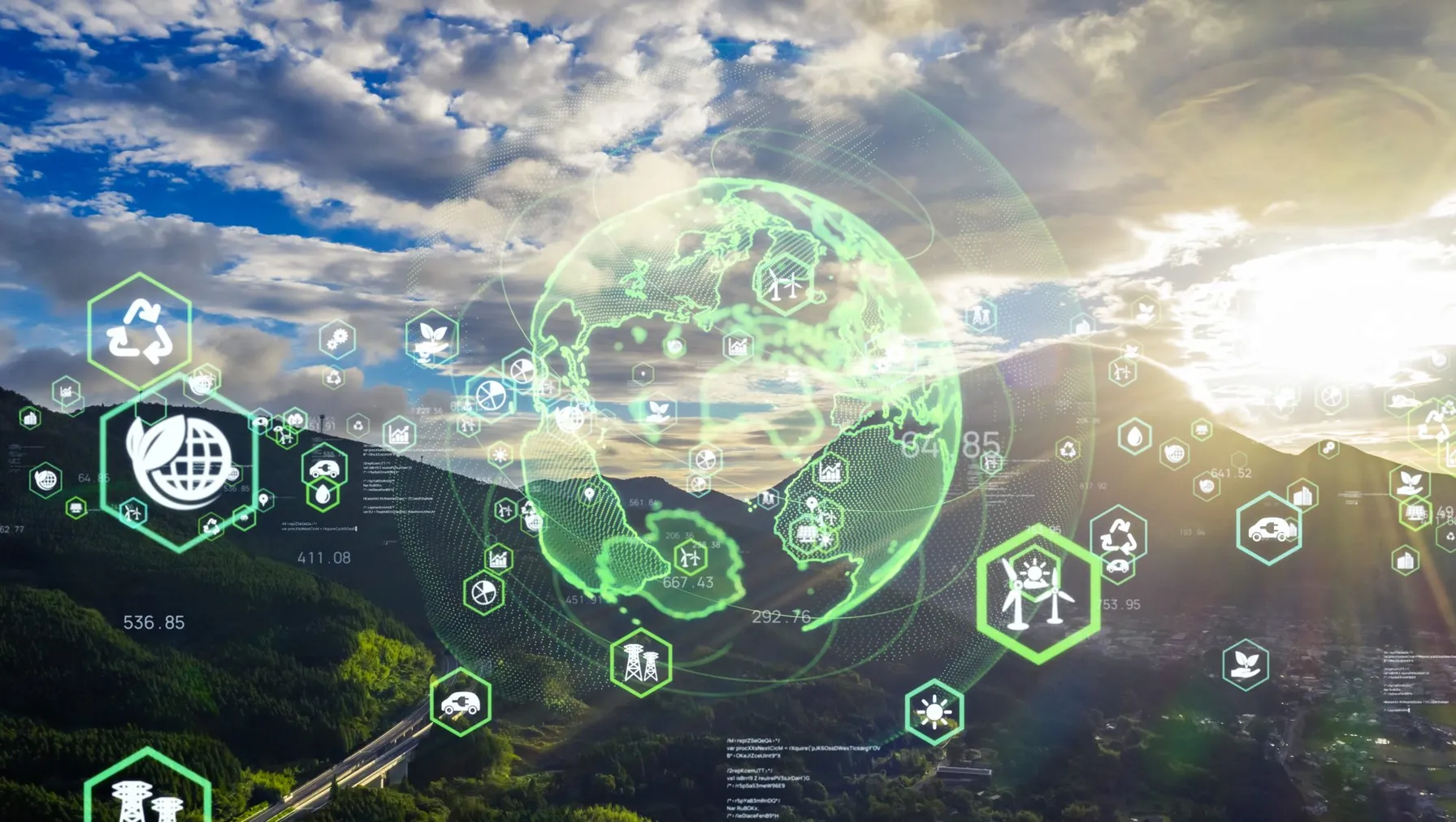
SEC Releases New Proposed Rules Requiring Public Companies to Disclose Climate Risks
April 12, 2022
On March 21, 2022, the U.S. Securities and Exchange Commission (SEC) issued its proposed rules for The Enhancement and Standardization of Climate-Related Disclosures for Investors which would require public companies in the U.S. to disclose information in their annual financial reports.

PFOA & PFOS As CERCLA Hazardous Substances: What Does This Mean and How Can You Be Prepared?
February 17, 2022
A plan to designate two per- and polyfluoroalkyl substances (PFAS) as “hazardous substances” under CERCLA was recently submitted by the EPA.
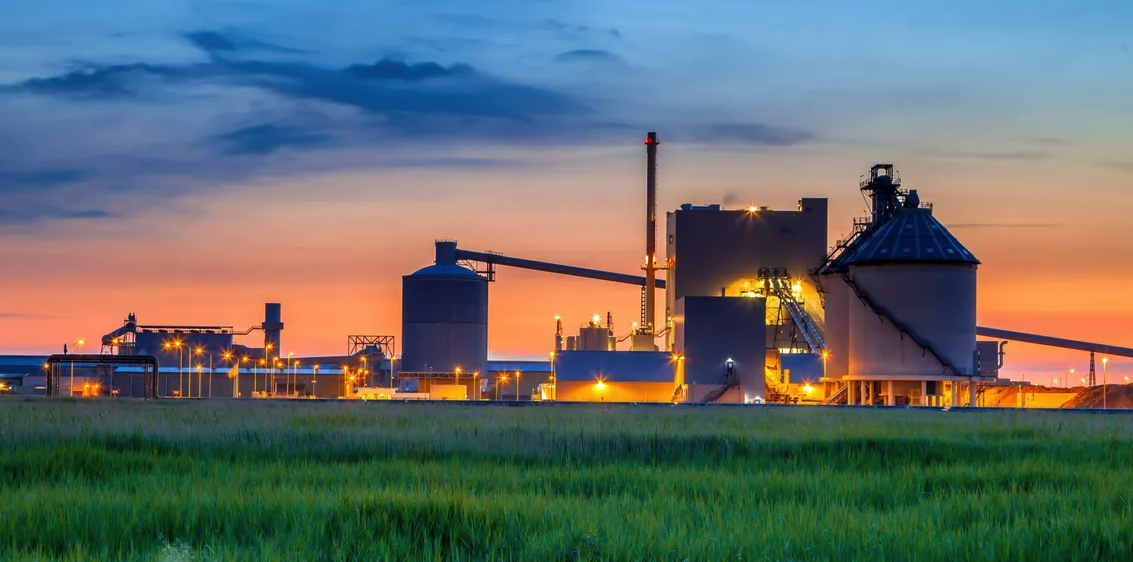
New Phase I ESA Standard Will Affect Environmental Due Diligence
January 25, 2022
After years of review, revisions and discussions, the new ASTM E1527 Phase I Environmental Site Assessment (Phase I ESA) standard has been published. The new standard includes updates to definitions, clarifications on processes and requirements, and guidance for emerging contaminants.

Fifth Unregulated Contaminant Monitoring Rule Lists 29 PFAS
January 21, 2022
EPA published fifth Unregulated Contaminant Monitoring Rule as required every five years and 29 of the 30 contaminants listed are PFAS.
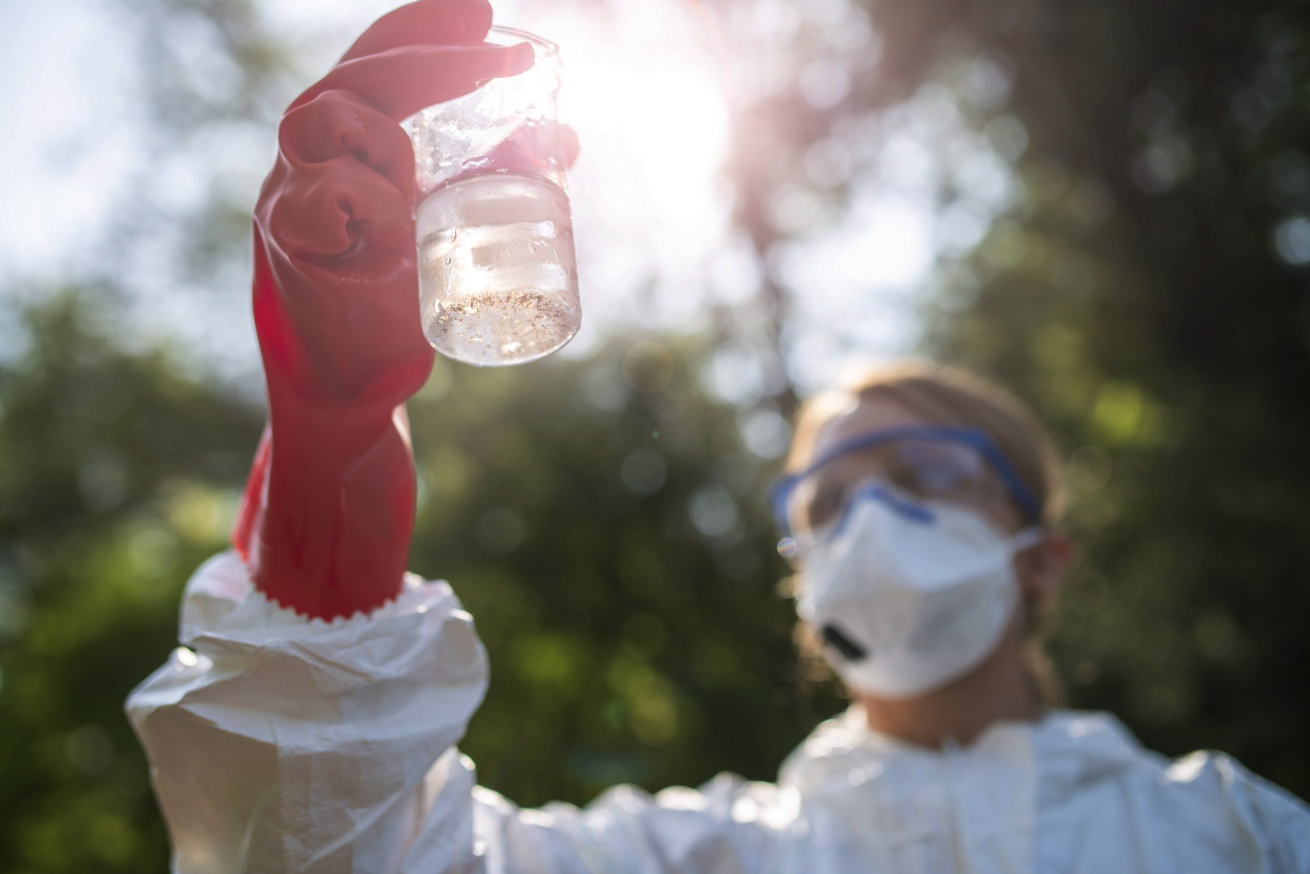
Need help collecting PFAS samples for NJDEP deadline December 15?
October 7, 2021
NJDES Category B or L Industrial Permit holders – If you haven’t obtained your first PFAS sample yet, time is running out. All New Jersey Pollutant Discharge Elimination System (NJDES) Category B or L Industrial Permit holders are required by the New Jersey Department of Environmental Projection (NJDEP) to collect two representative effluent samples, taken 30 days apart, to be analyzed for PFAS by an approved laboratory and submitted to them by December 15, 2021.

Interpretation of “Waters of the United States” (WOTUS) Reverts to Pre-2015 Regulatory Definition
September 29, 2021
Environmental Protection Agency (EPA) and U.S. Army Corps of Engineers (ACOE) revert to pre-2015 regulatory program definition of “Waters of the United States.”
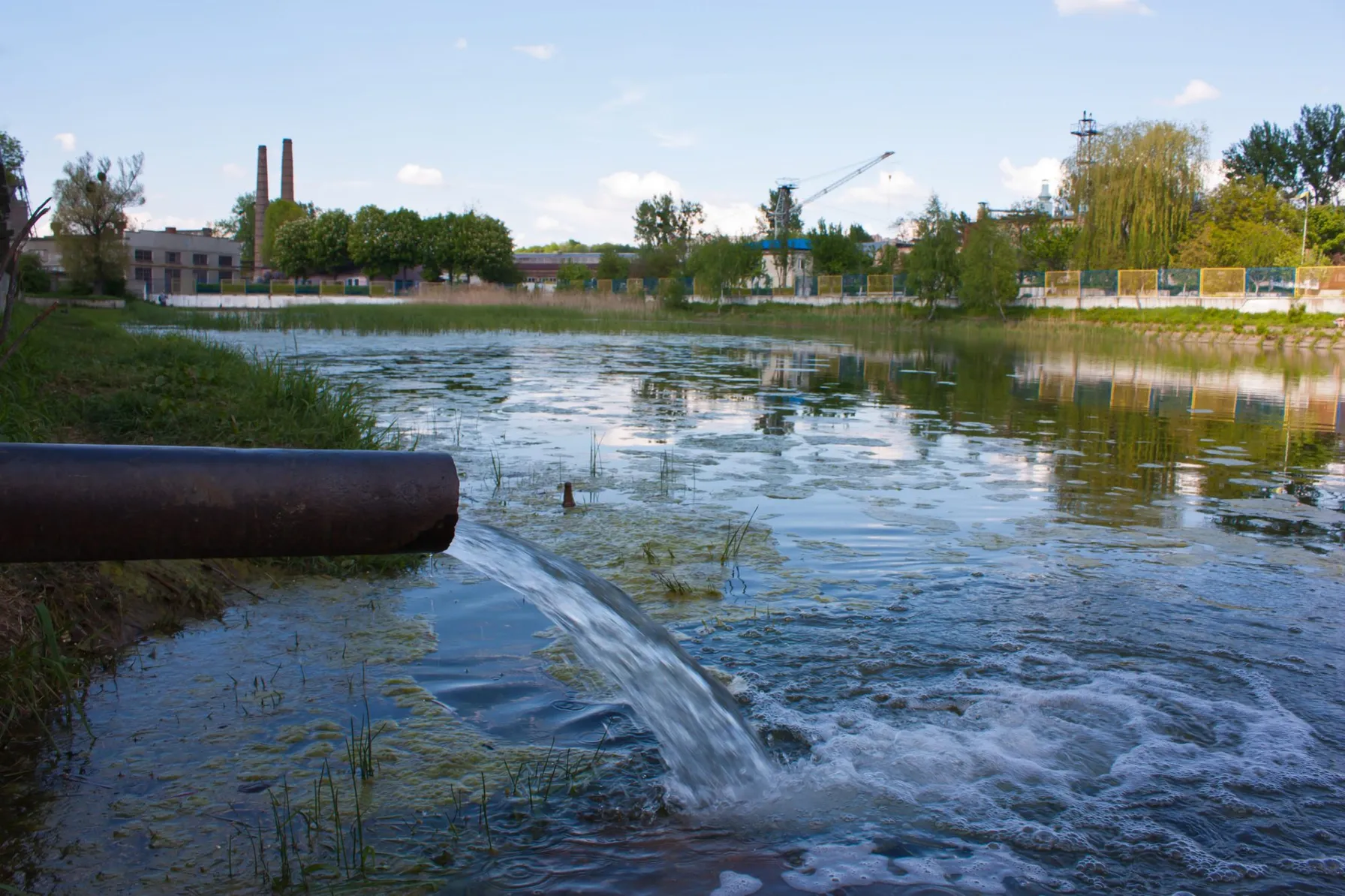
EPA Solicits Comments on PFAS Discharges in Five Point Source Categories
September 23, 2021
EPA solicits comments in five point source categories (PSCs) in the manufacture, use, treatment and discharge of PFAS.

PFAS Air Emissions Standards and Trends for Summer 2021
August 17, 2021
Environmental impacts of PFAS in ambient air leads to states implementing PFAS air-related thresholds.

Cryptocurrency: The Environmental Threats and Opportunities
August 9, 2021
Cryptocurrency (also known as crypto) is taking the fintech industry by storm, despite the economic experts who still dismiss it as a viable form of currency. Although often criticized for this volatility, whistleblowers are also further shining a light on the severe toll that these digital currencies are taking on the environment.

TRC Colorado PFAS Regulatory Update
July 21, 2021
Update on Colorado’s recent policies and plans to regulate new and historical discharges of per- and polyfluoroalkyl substances (PFAS) into the environment.
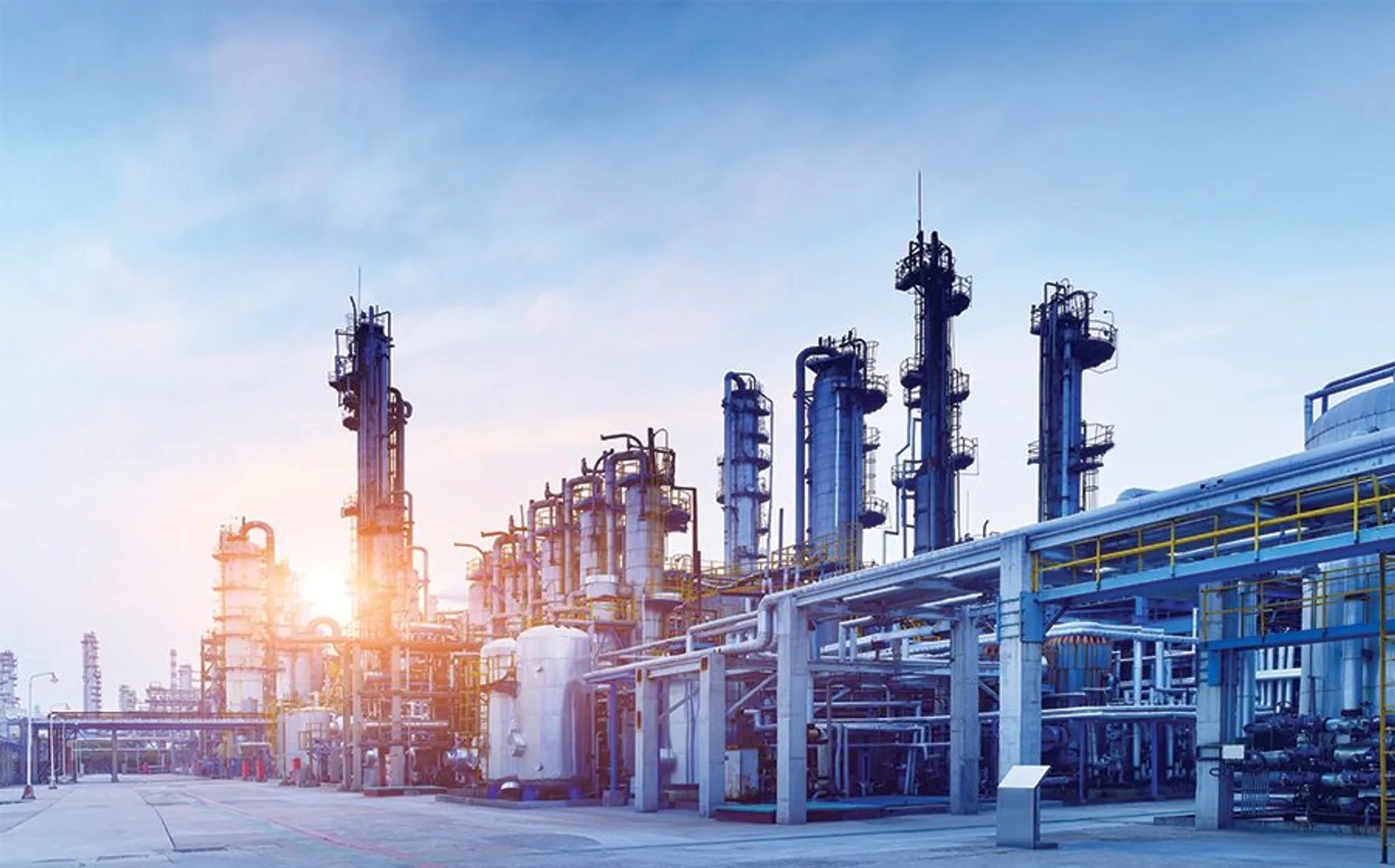
2021 EPA TRI Reporting Requirements for Natural Gas Processing Facilities
July 12, 2021
Indication EPA finalizing a rule to add natural gas extraction or processing plants to EPCRA Toxics Release Inventory (TRI) reporting.
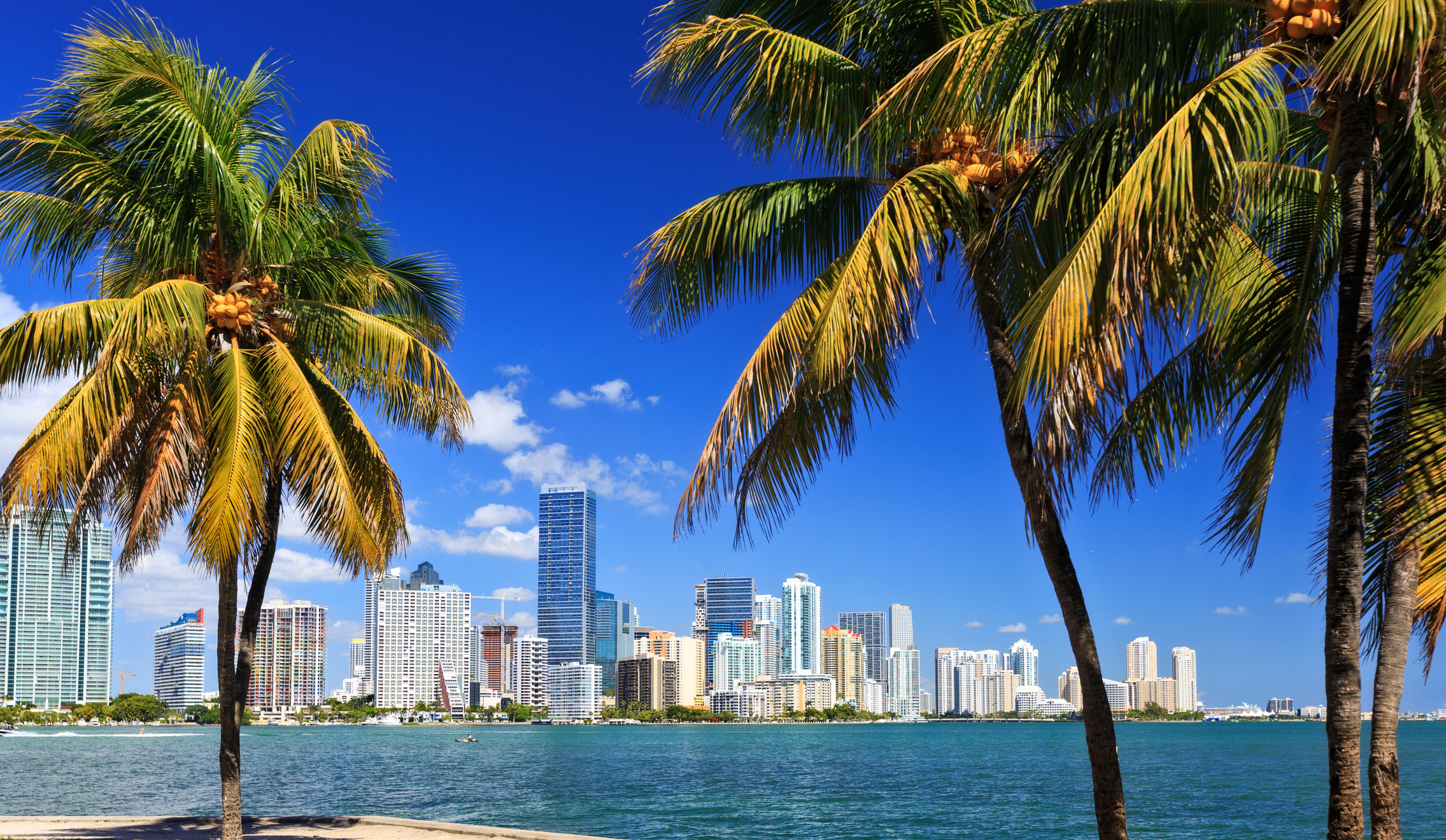
Implementing bioremediation at environmental cleanup sites: TRC experts weigh in at leading industry conference
May 17, 2021
TRC experts make several presentations at the Battelle conference about innovative approaches they have developed for implementing and monitoring bioremediation and the use of naturally-occurring or deliberately-introduced micro-organisms to break down environmental pollutants.
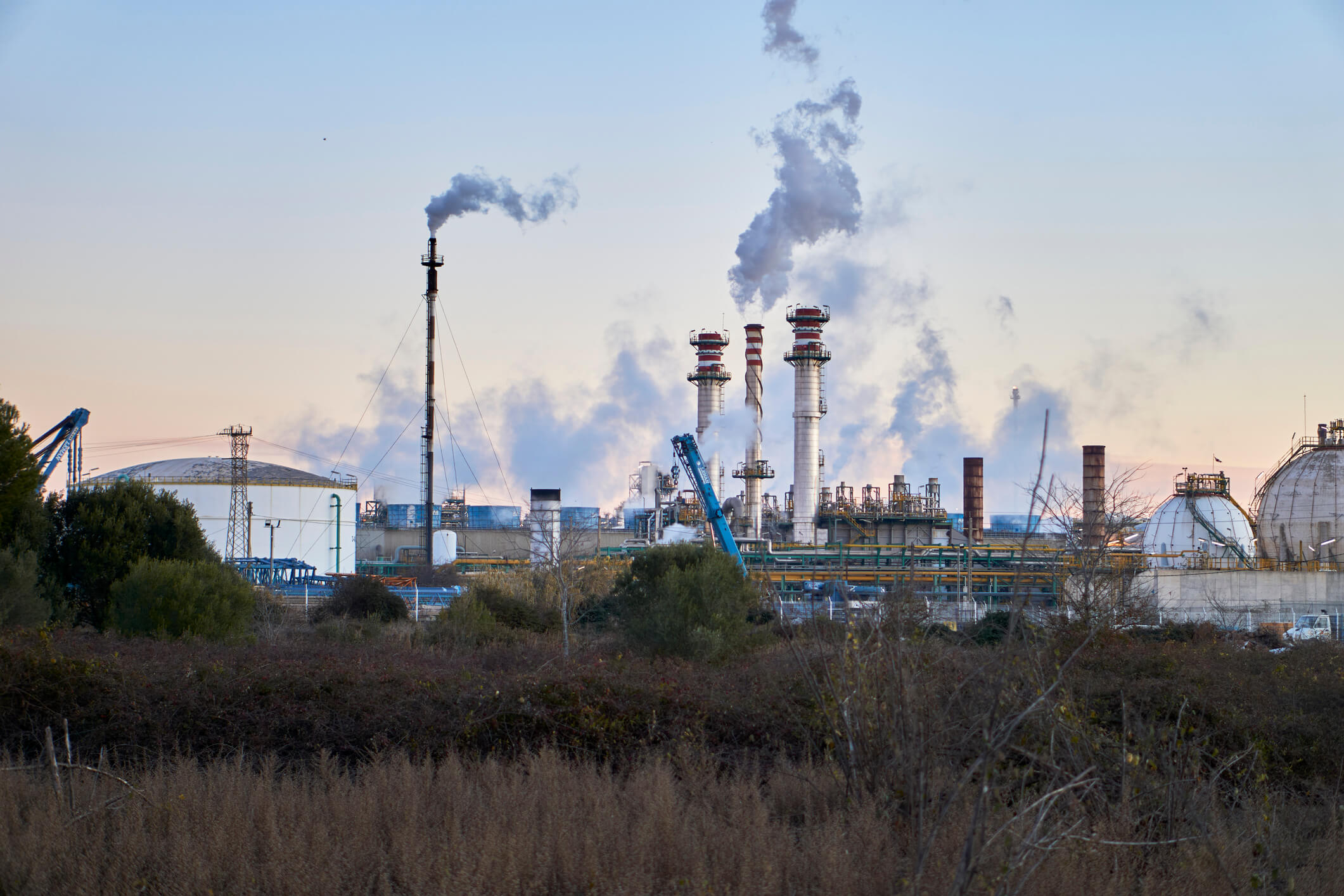
Interim Guidance on Destruction and Disposal of PFAS & Materials Containing PFAS
February 19, 2021
Interim Guidance from EPA identifies 6 materials that use or manufacture PFAS and approaches for disposal.
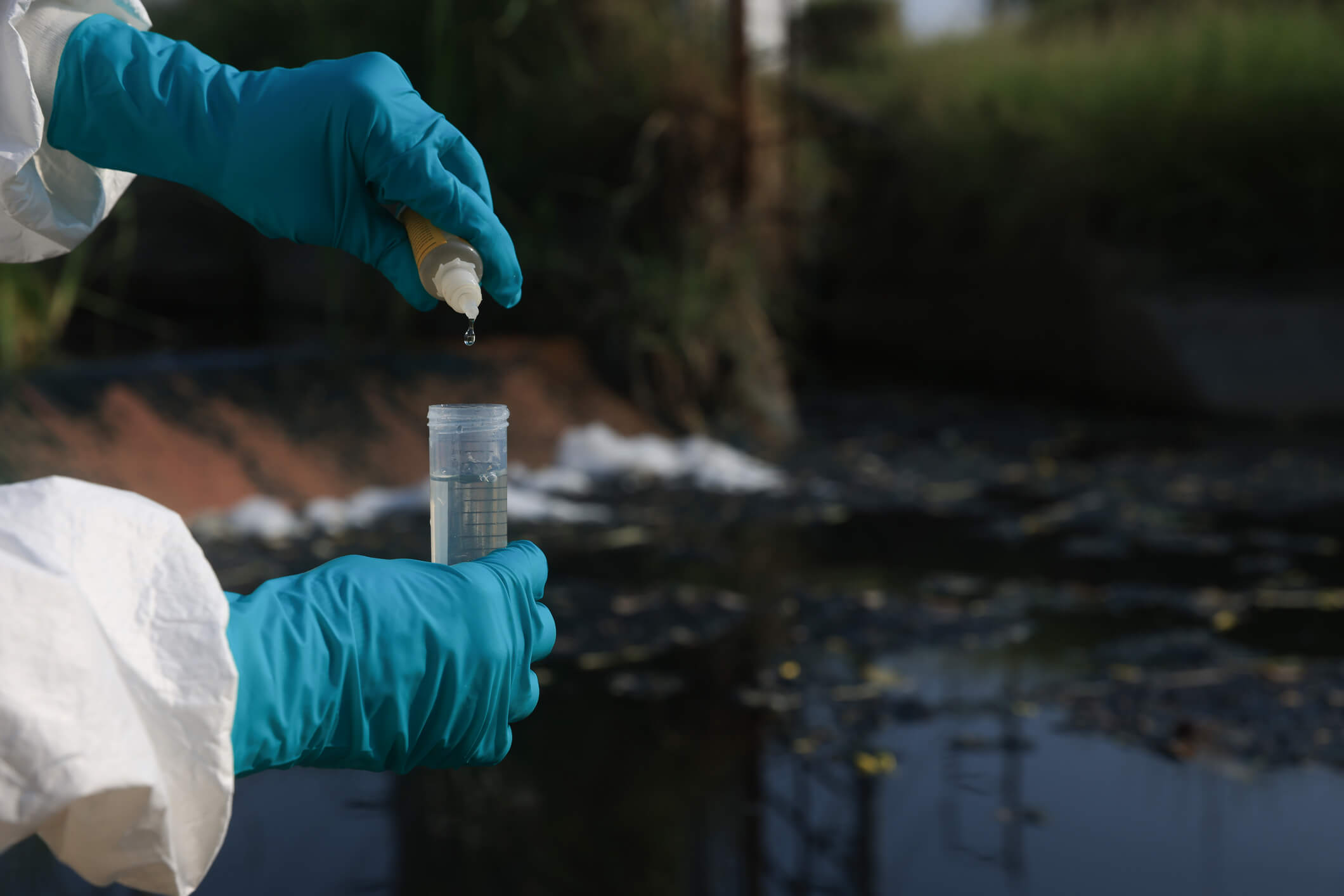
EPA continues to aggressively address PFAS wastewater with two new strategies
January 4, 2021
EPA takes steps toward PFAS wastewater and storm water permitting, and analytical methods for testing.

TRC Companies Inc. Acquires 1Source Safety and Health
November 11, 2020
TRC Companies (“TRC”), a leading technology-driven provider of end-to-end engineering, consulting and construction management solutions, has acquired 1Source Safety and Health, a firm that provides management consulting services in areas such as indoor air quality, asbestos management, industrial hygiene and safety management systems.

Ecological Risk of PFAS from AFFF-Impacted Sites
June 30, 2020
The facts on evaluating exposure to wildlife
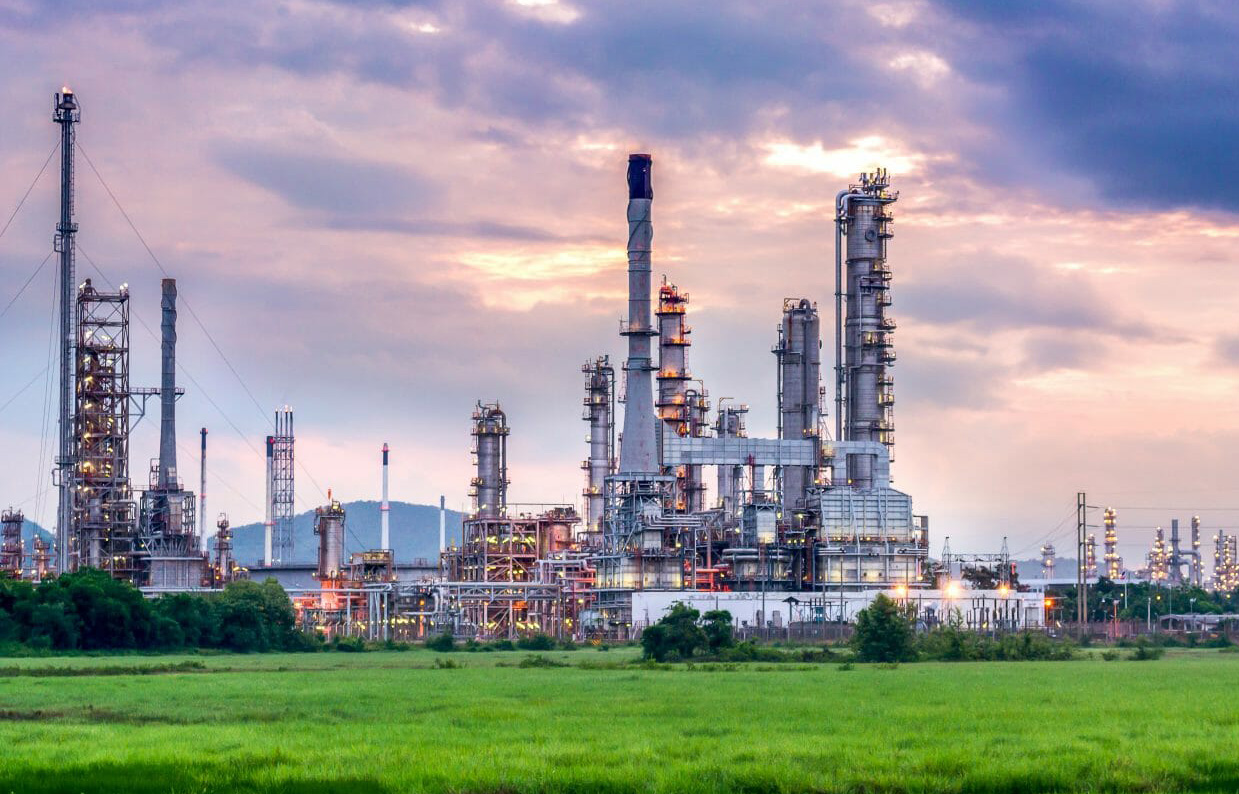
TRC’s Reporting Tool Can Help Identify New PFAS under the TRI
May 19, 2020
While utilities often work in technical silos, NERC auditors are trained to cross check compliance evidence and data between interrelated standards.


